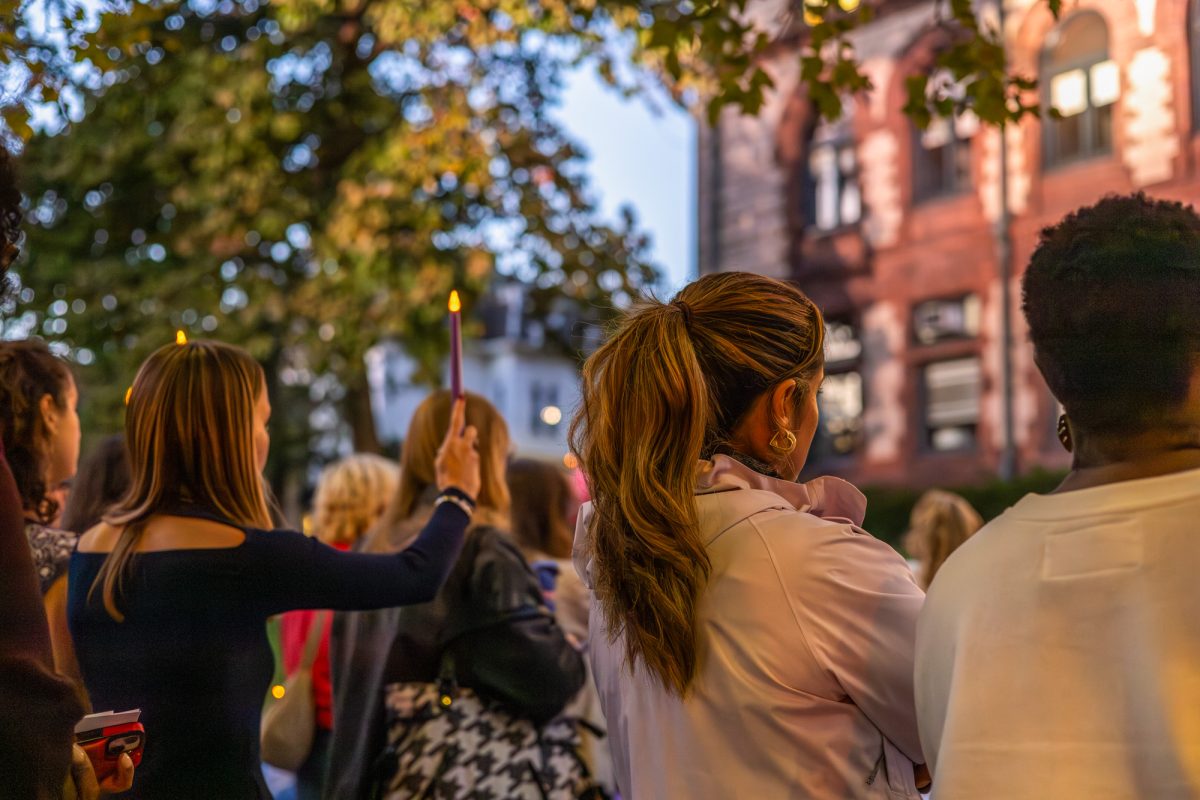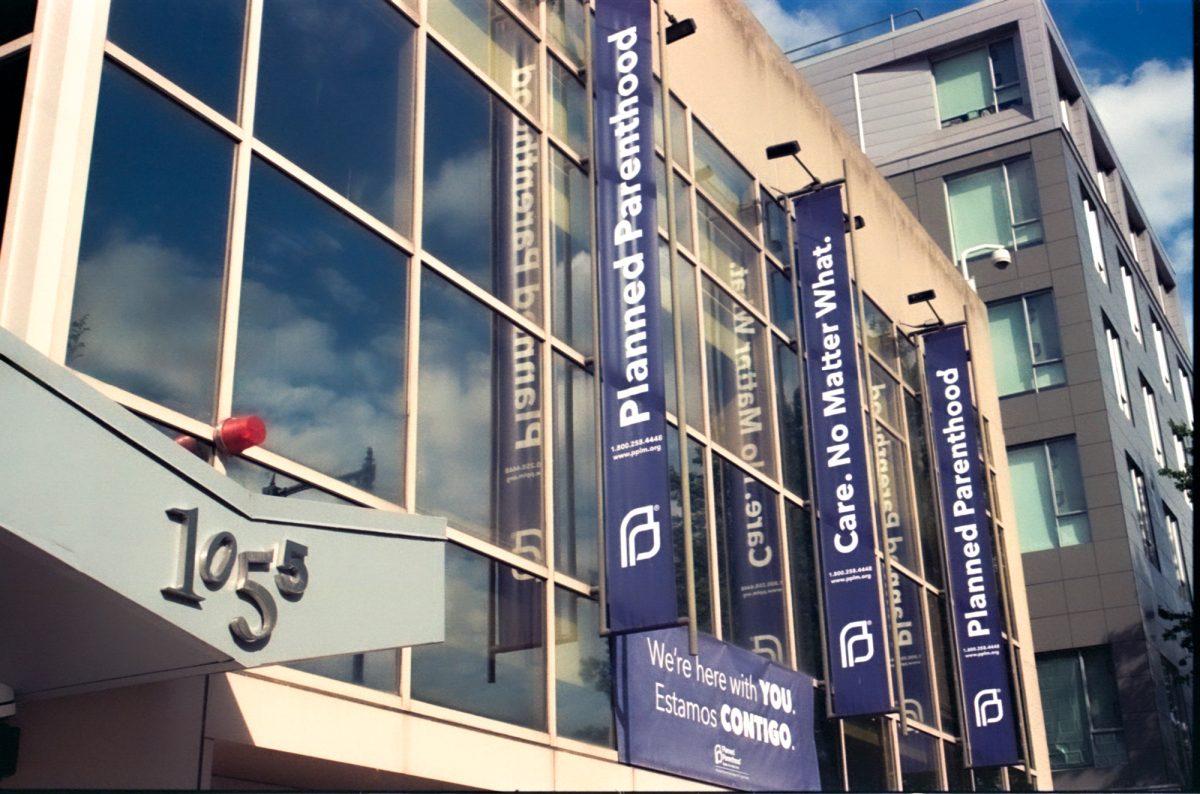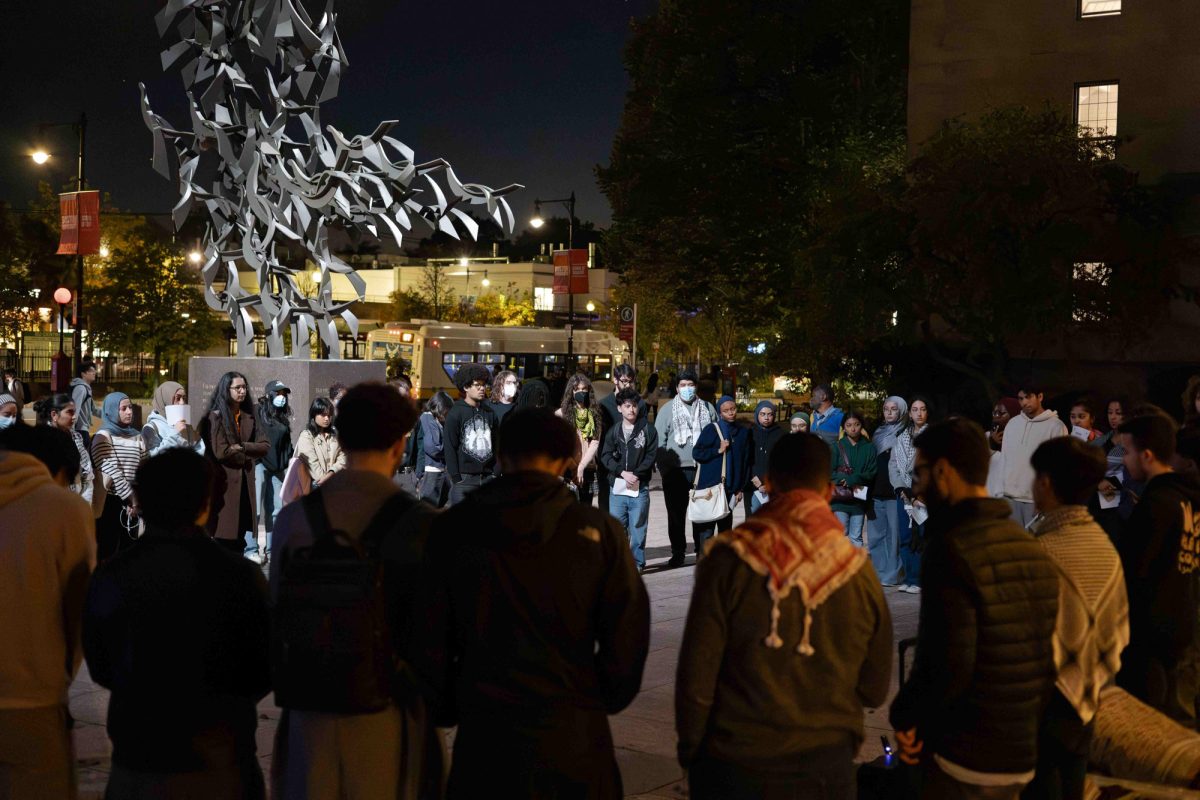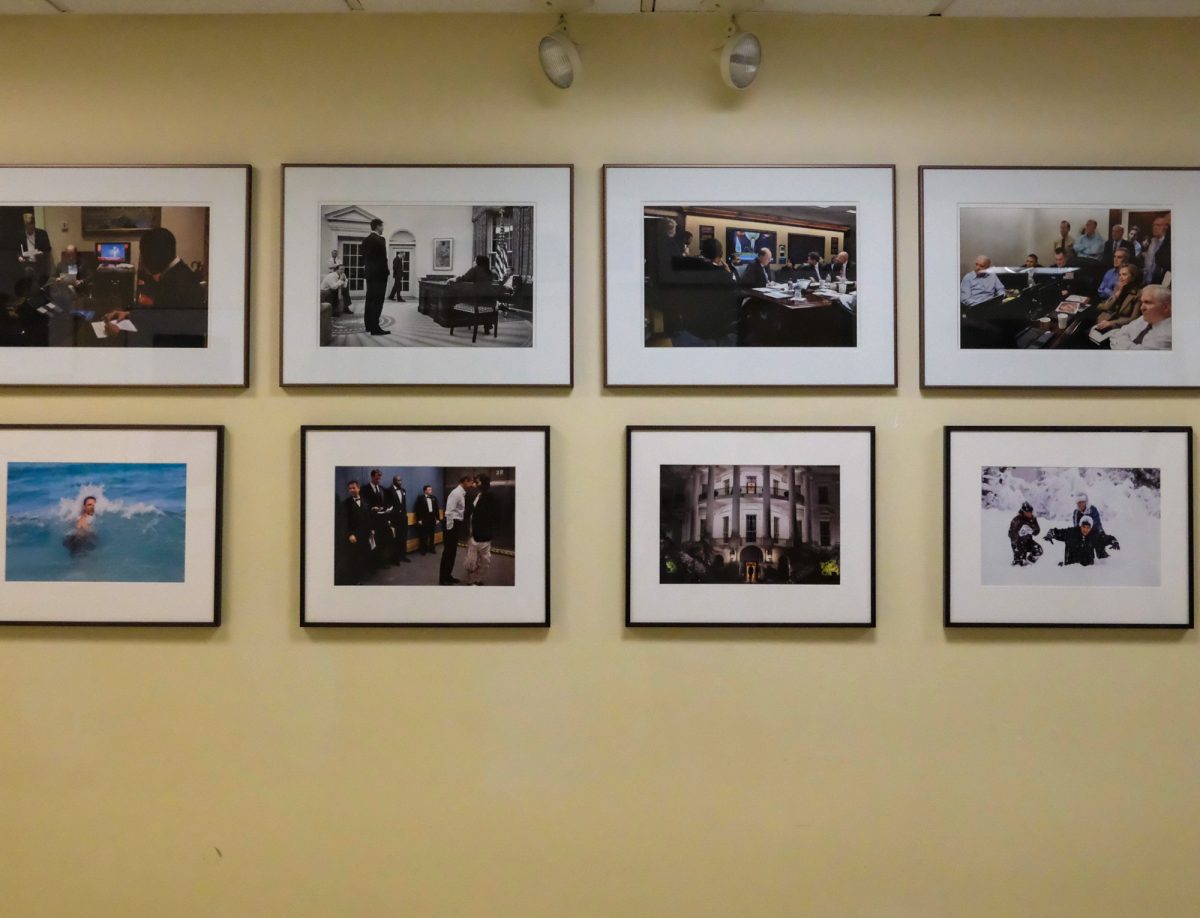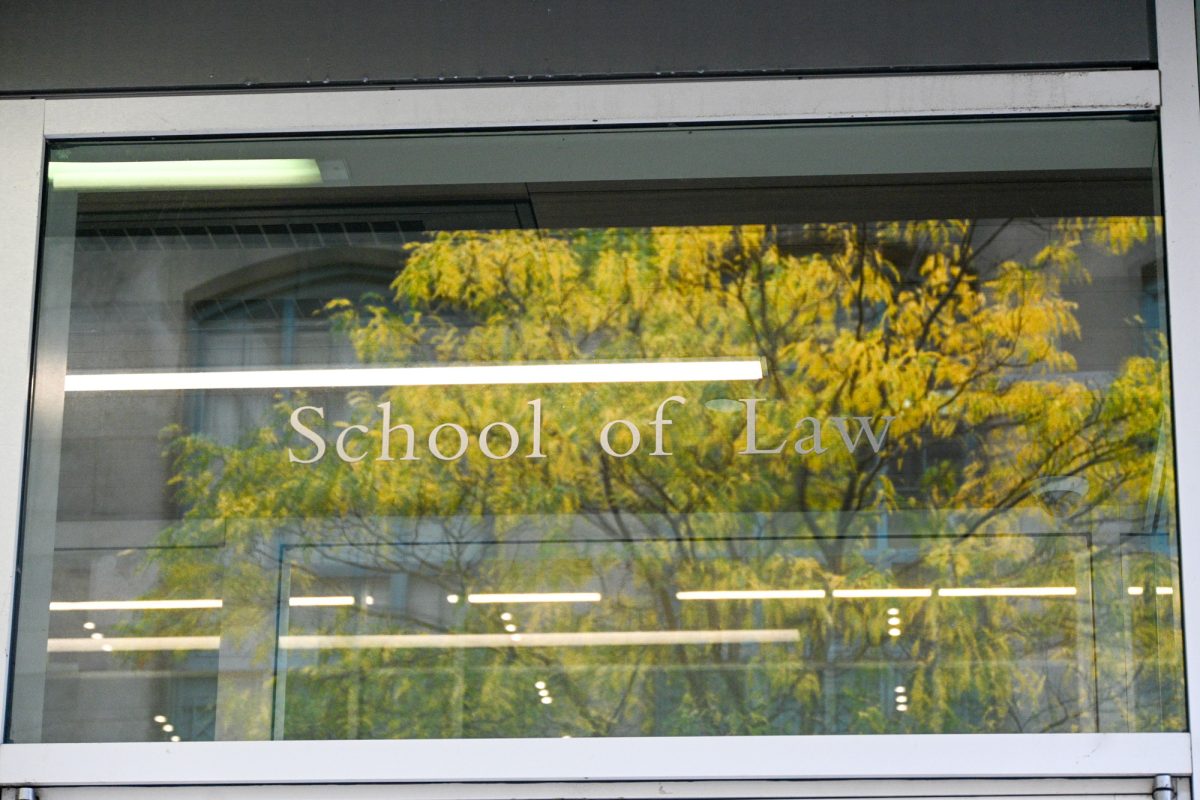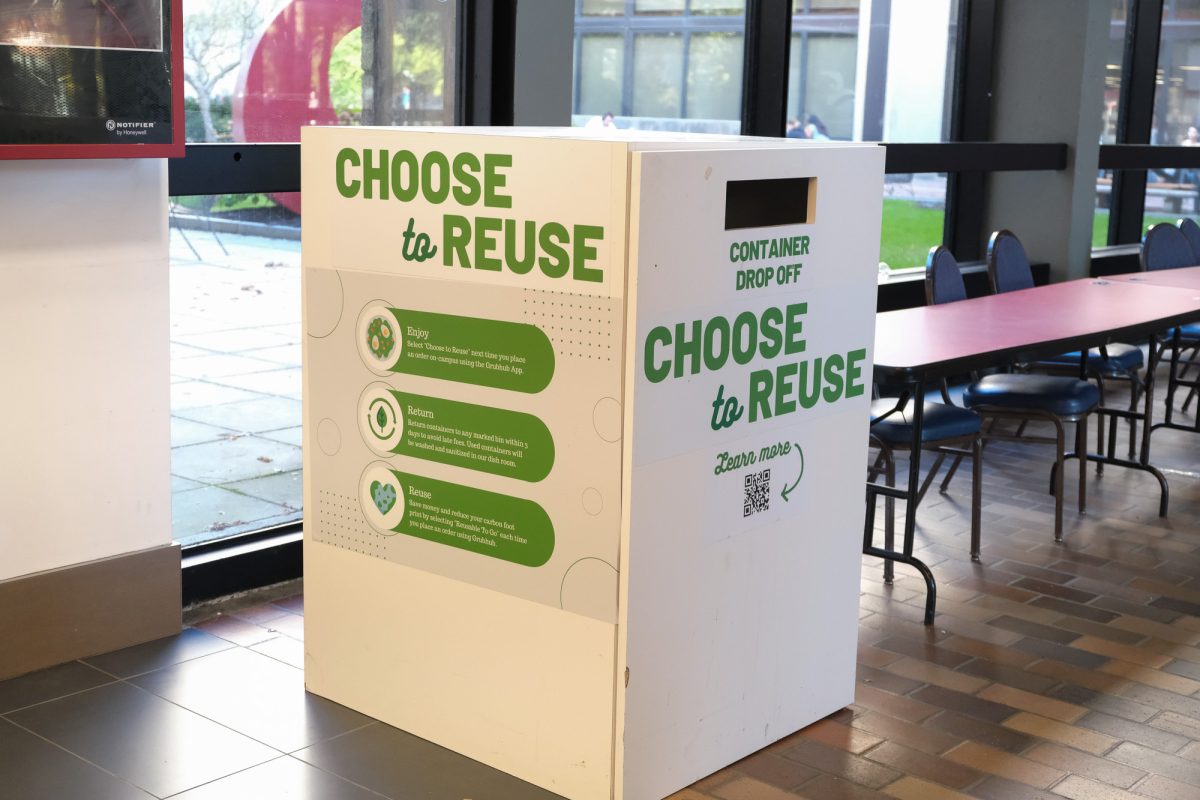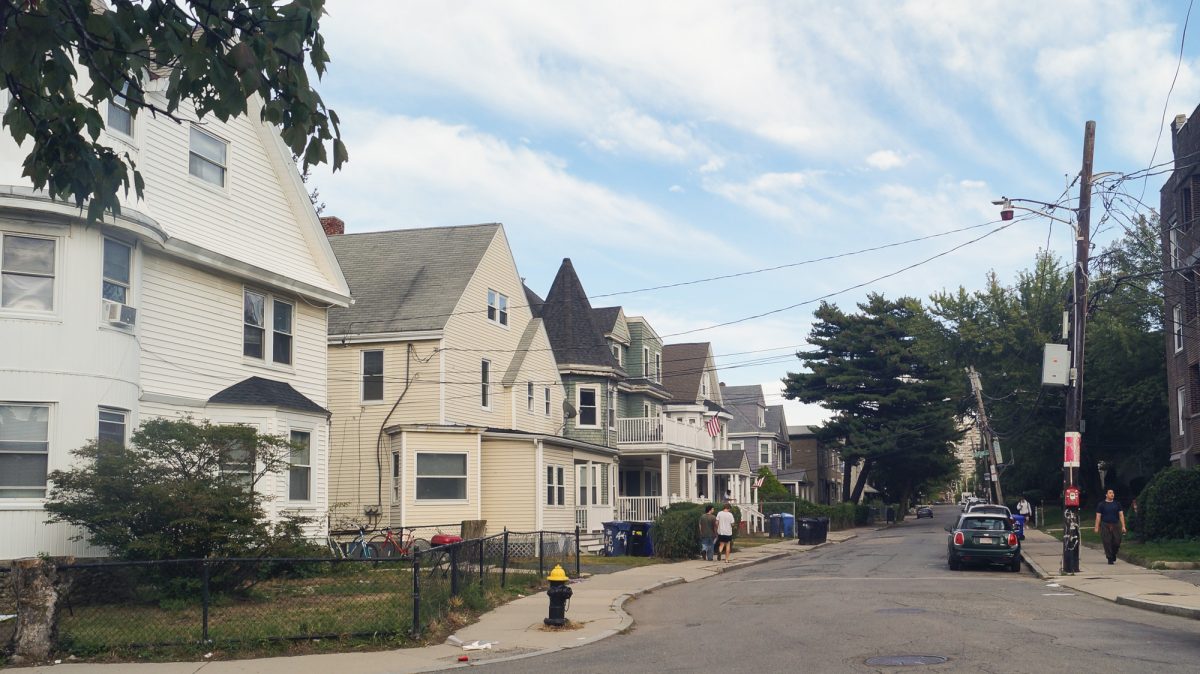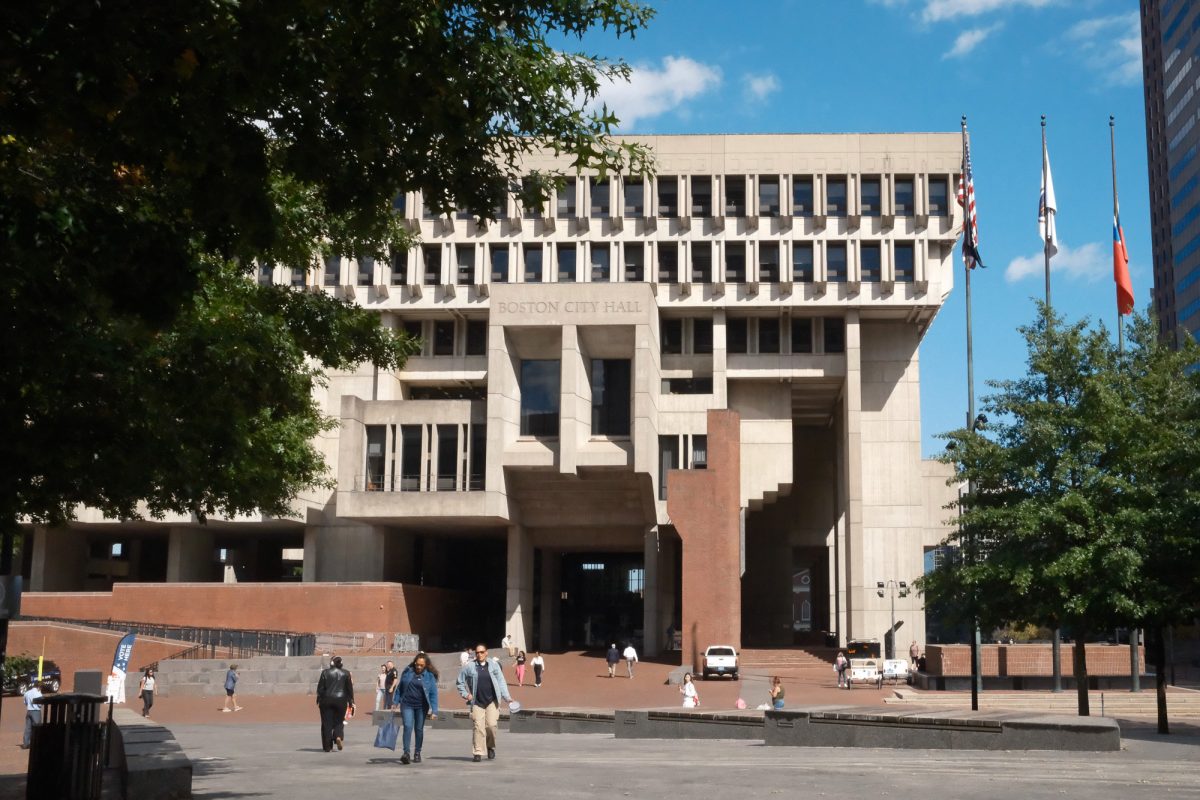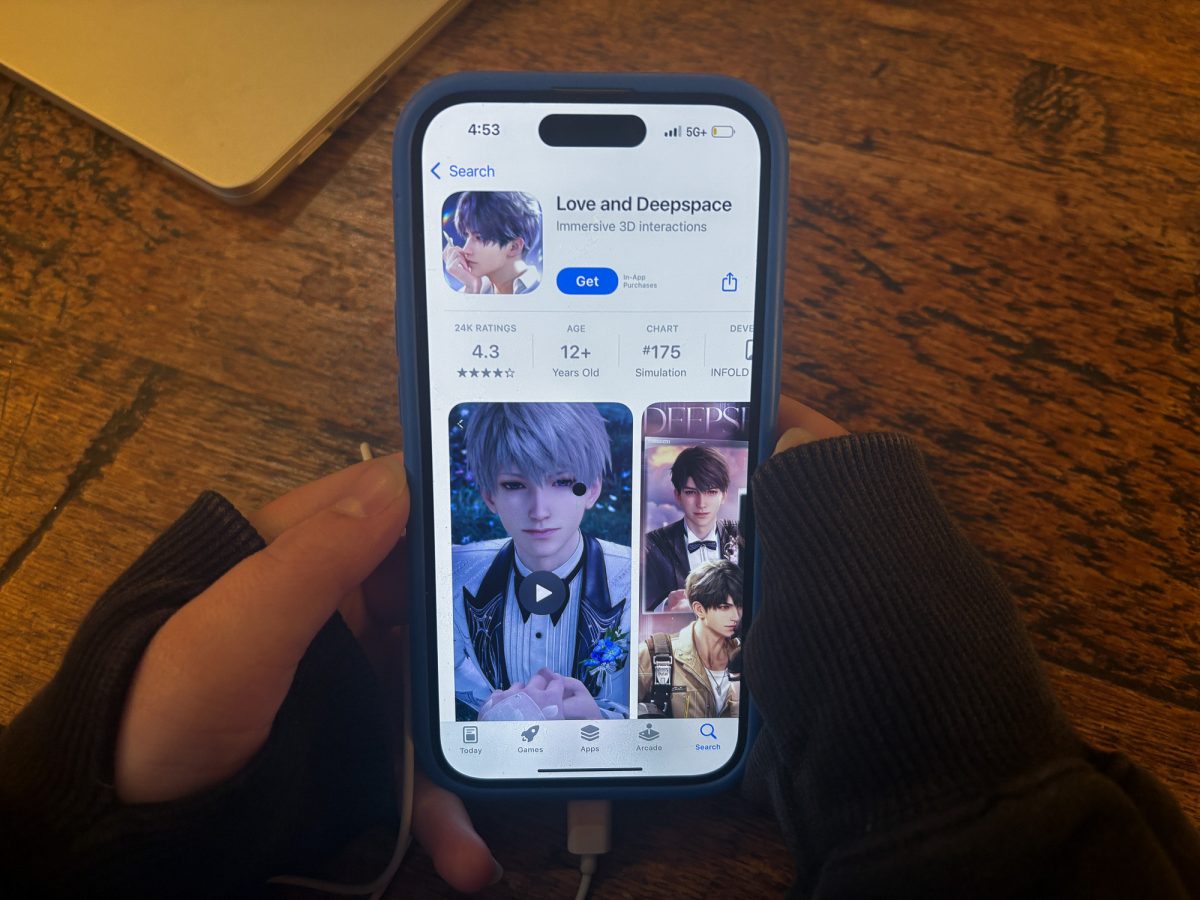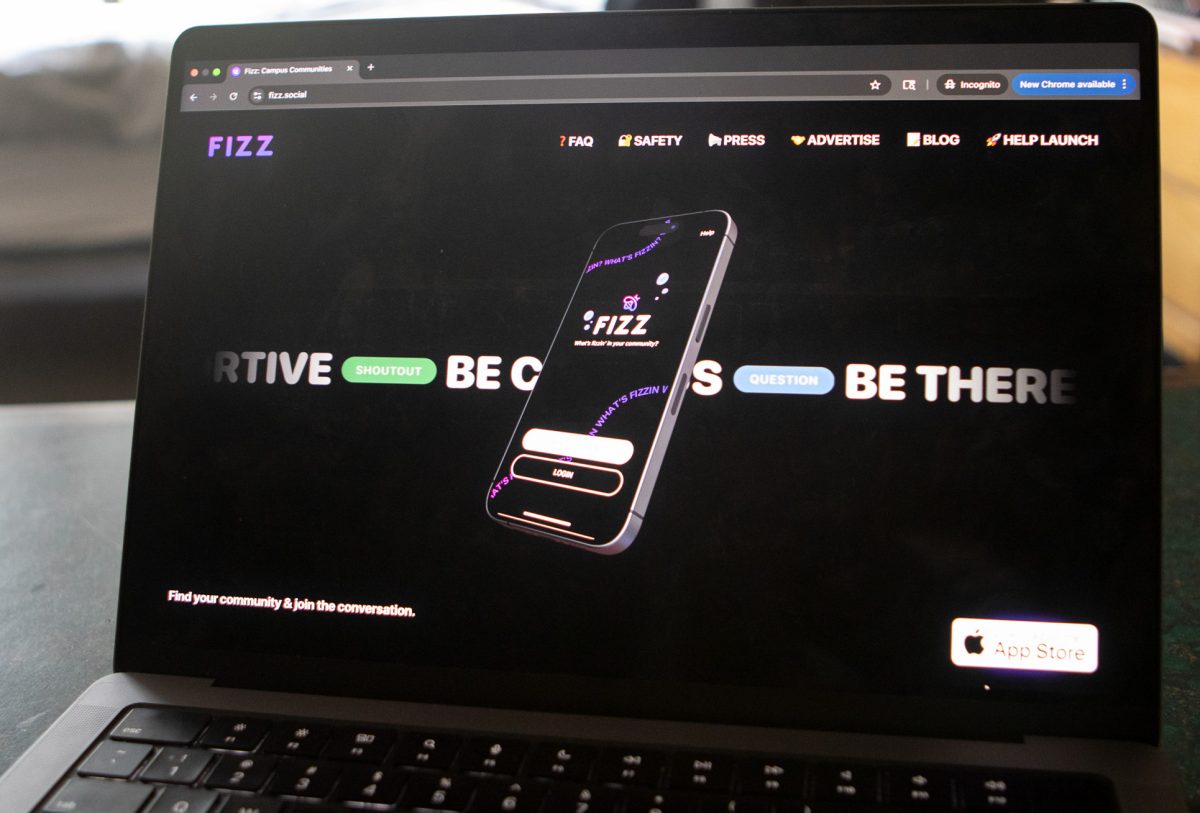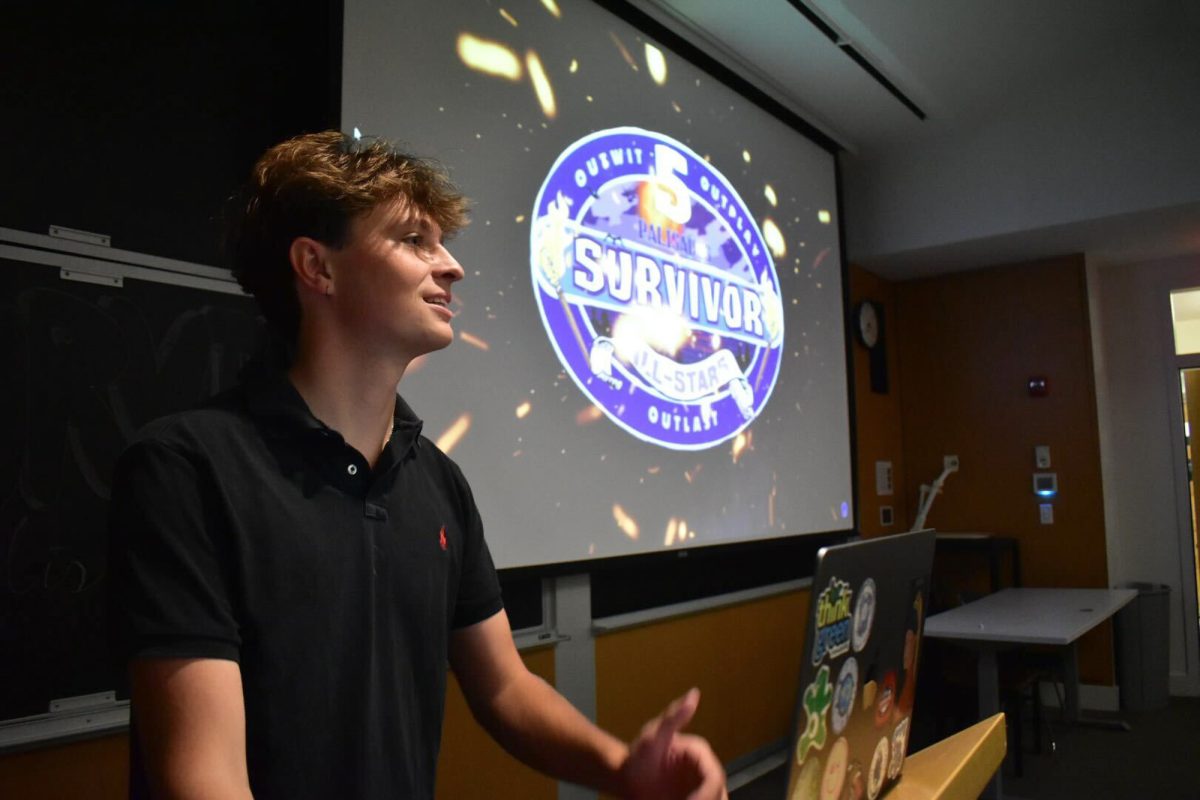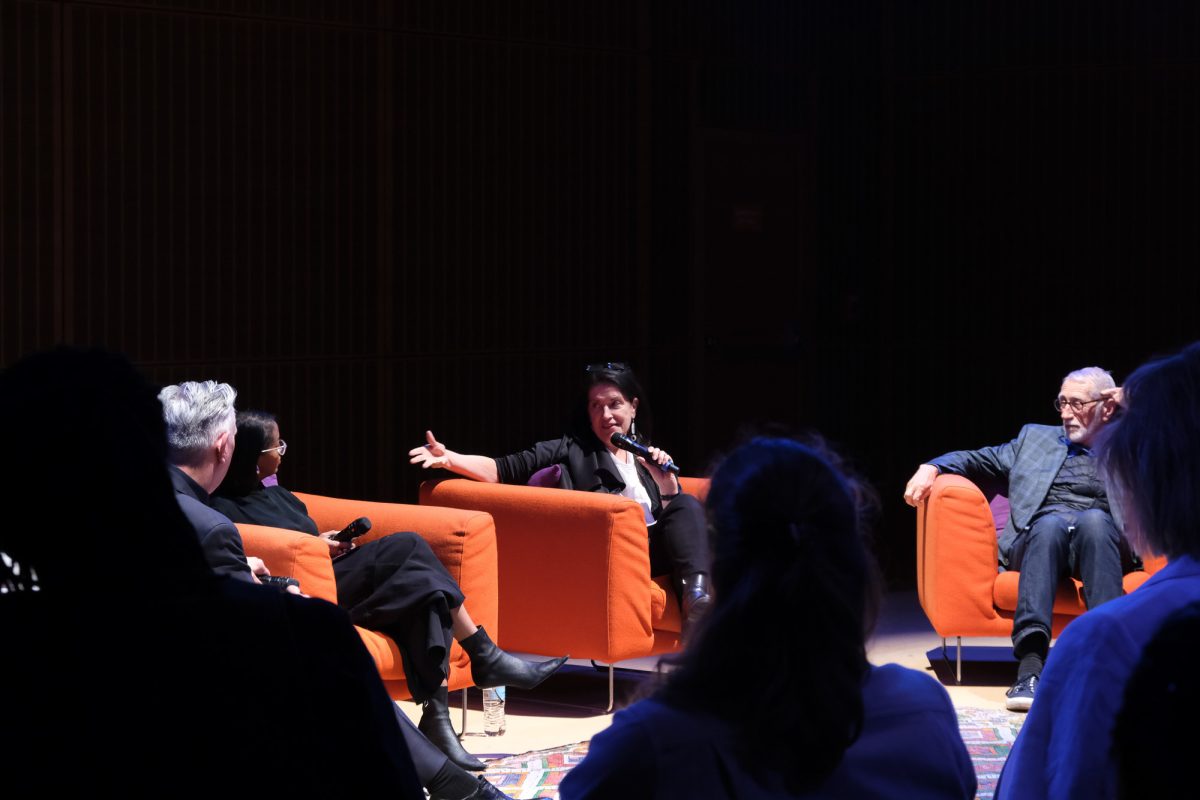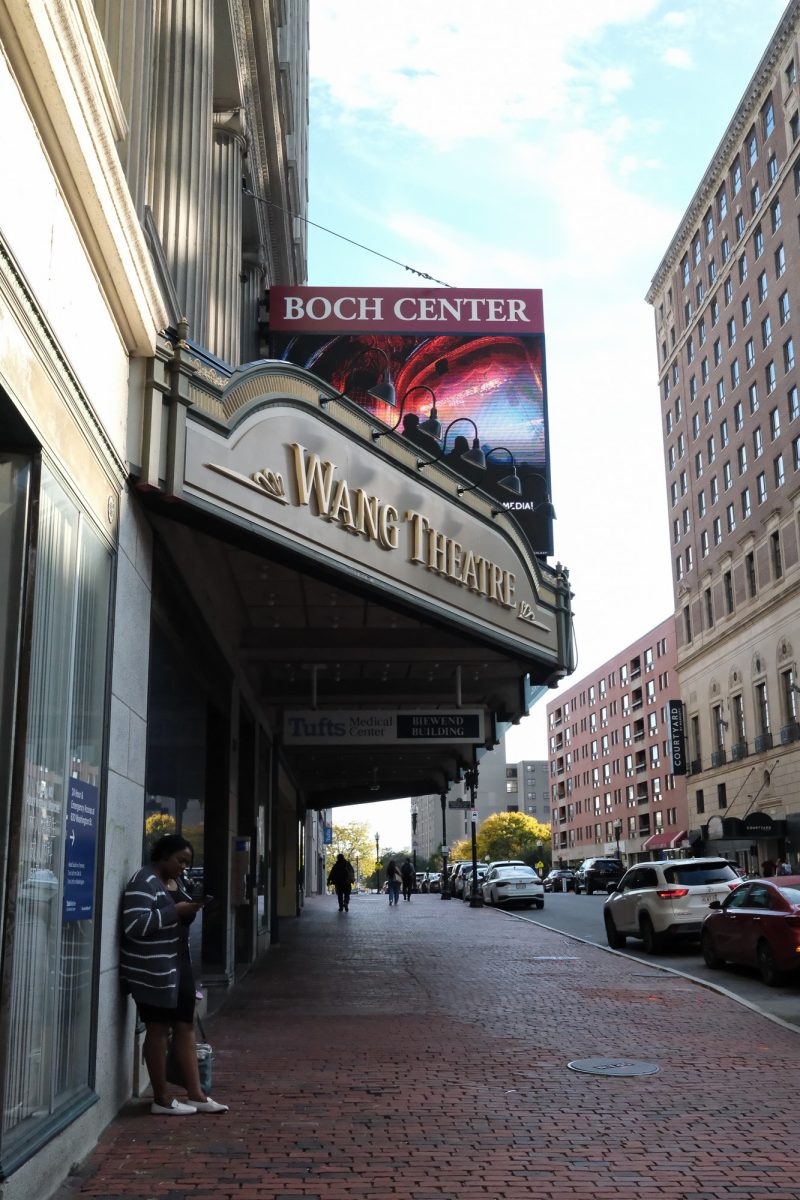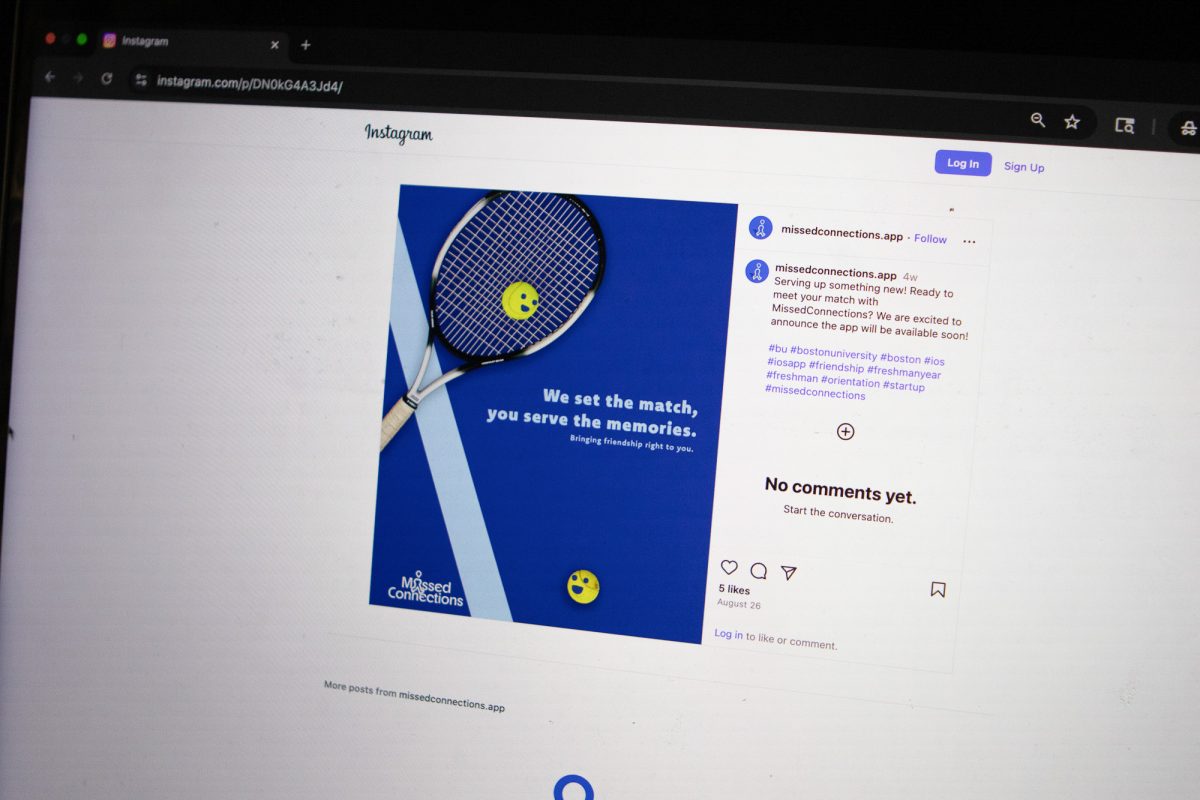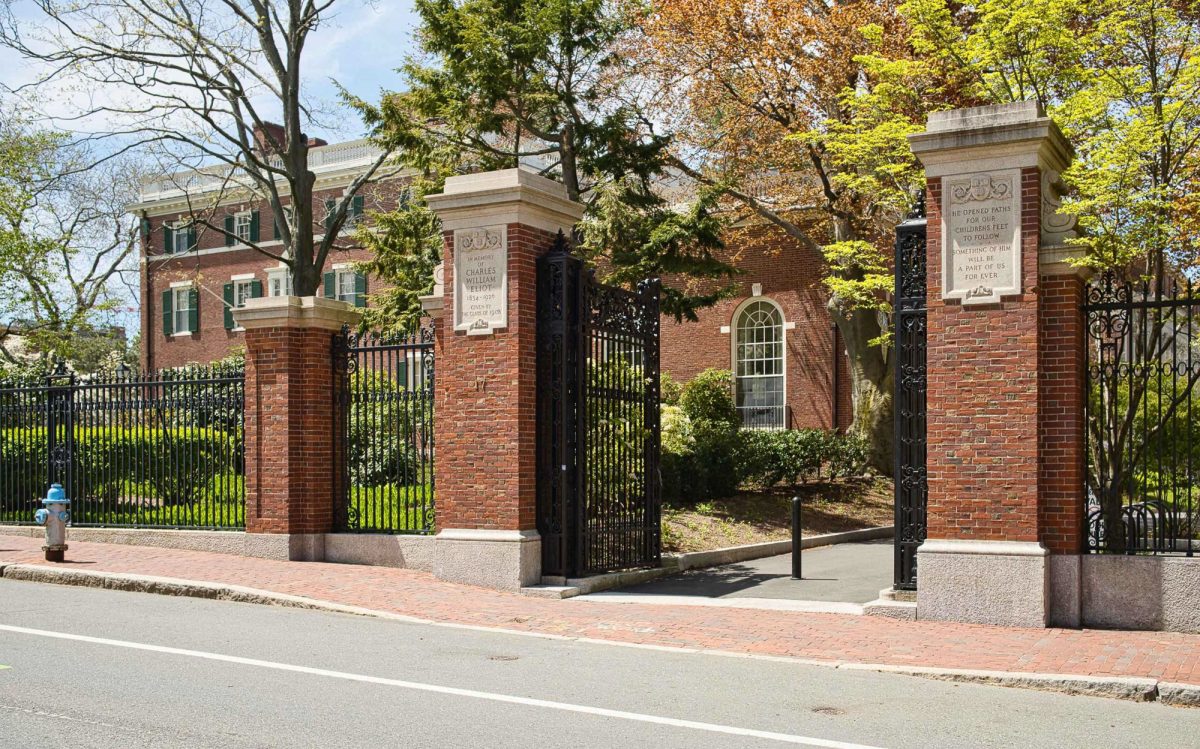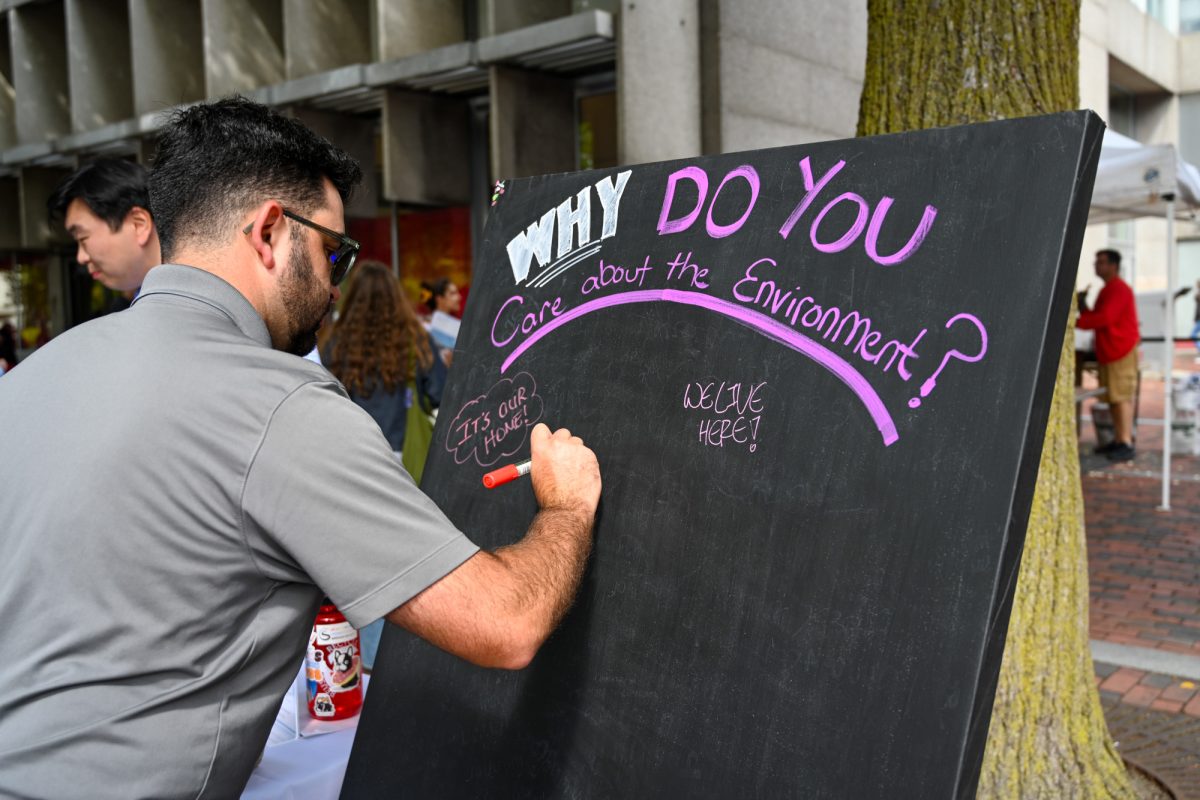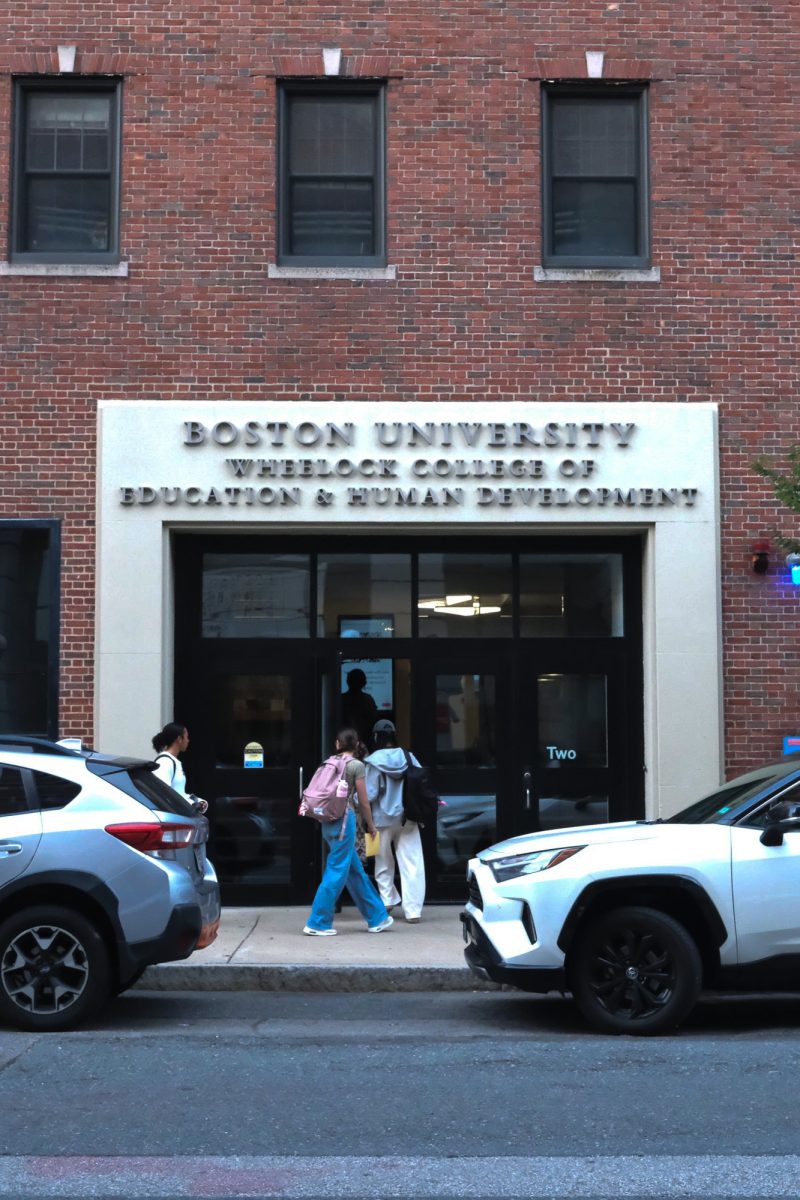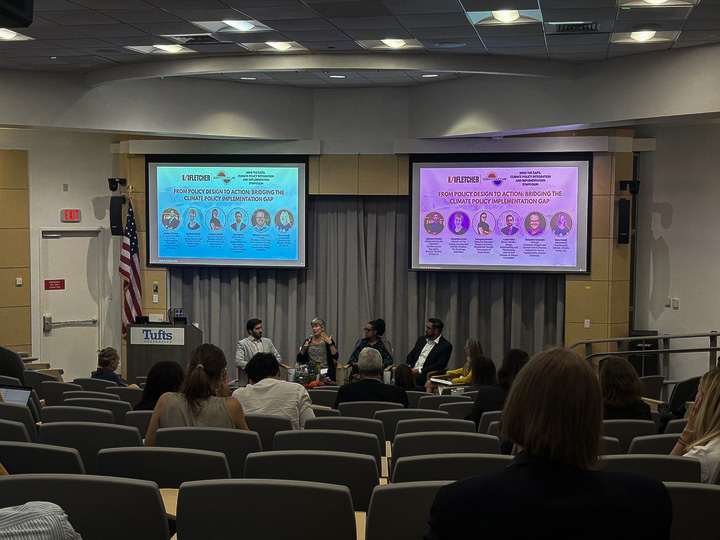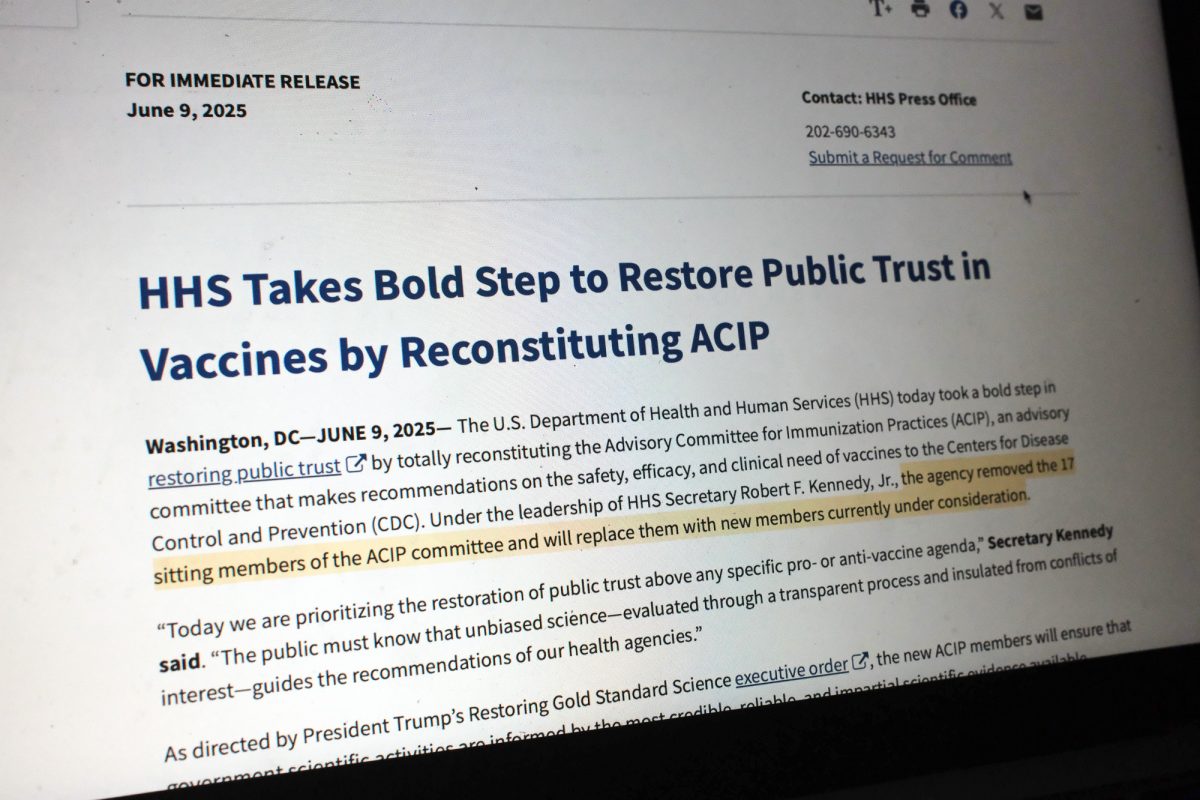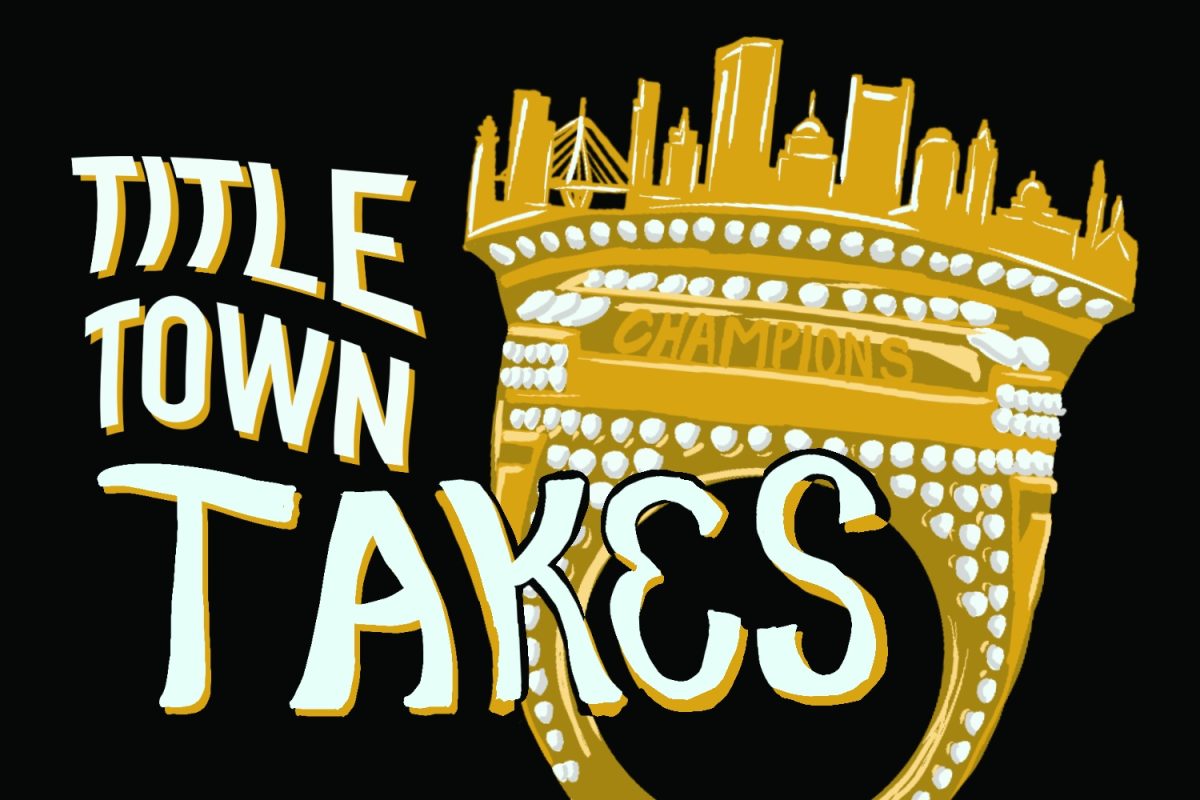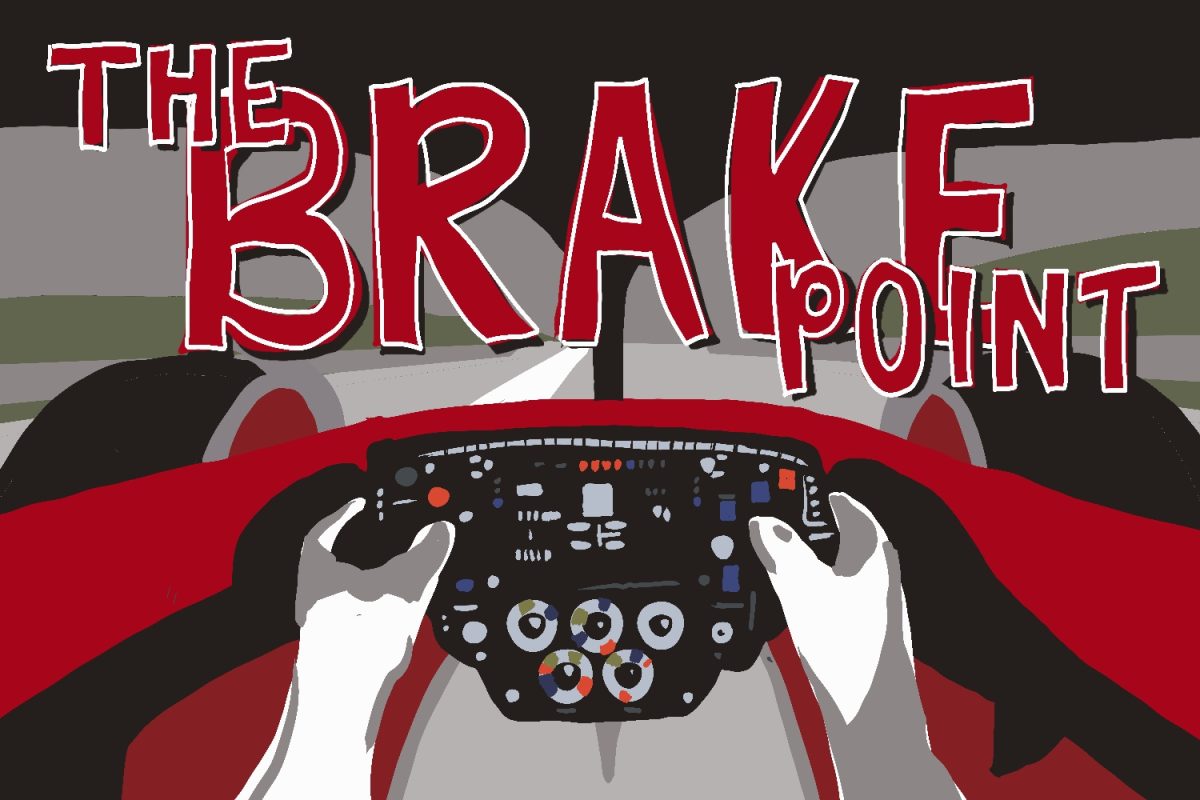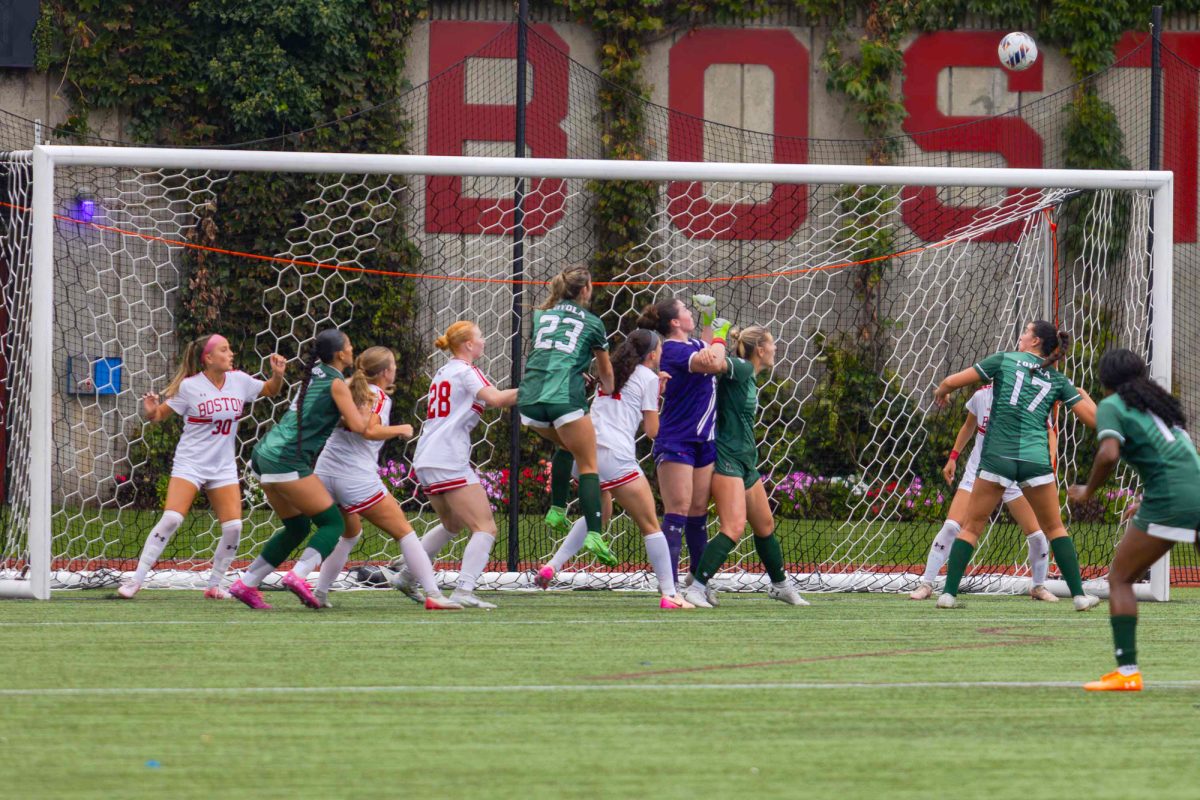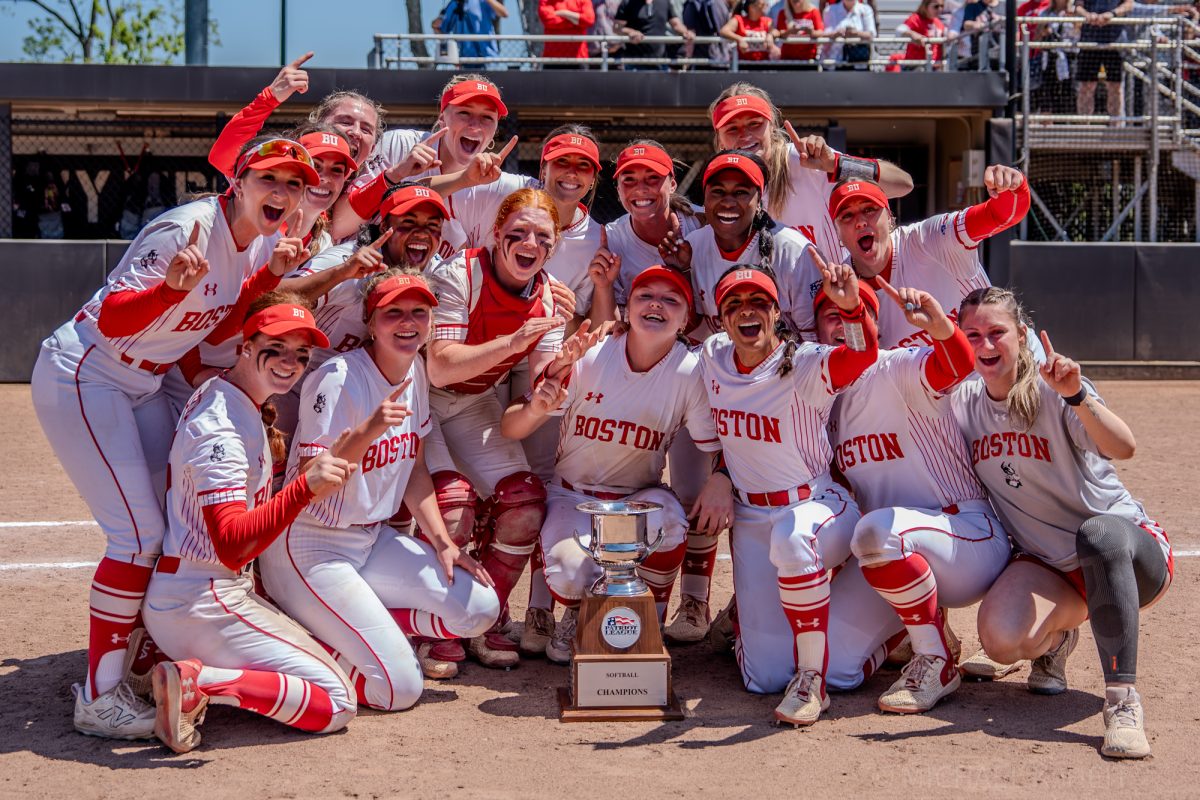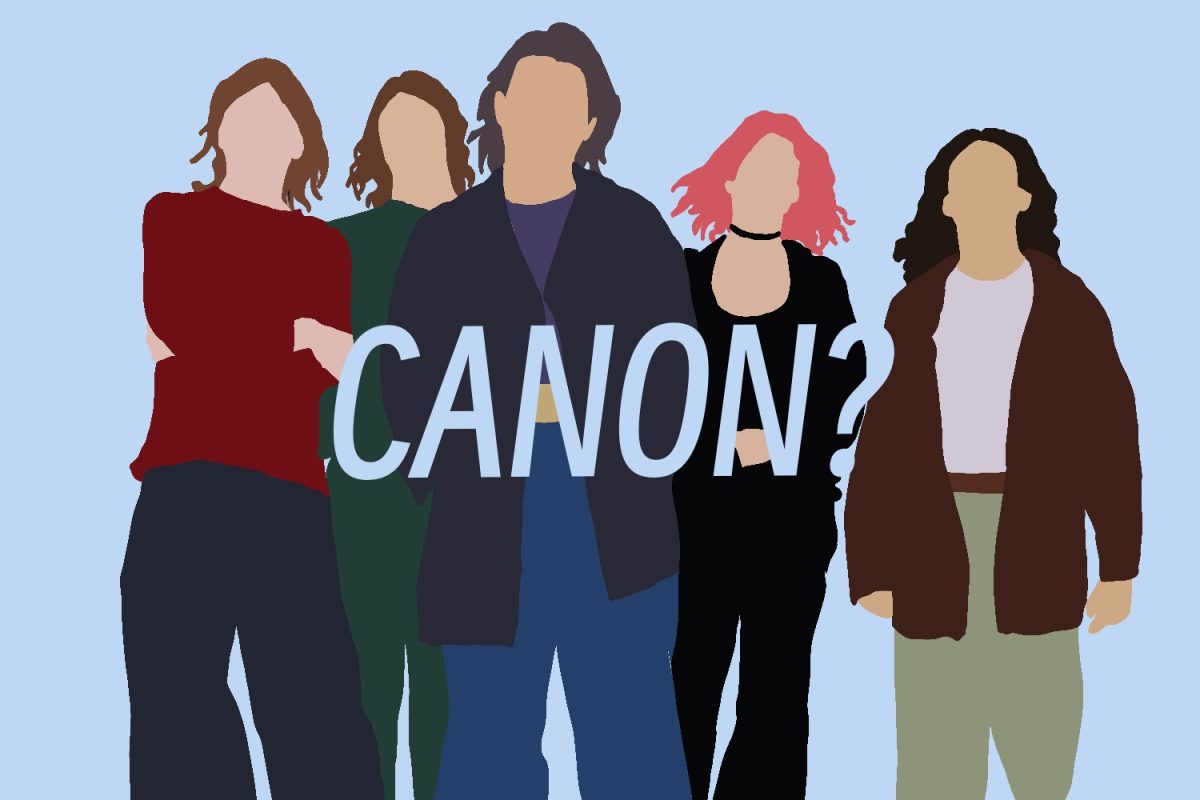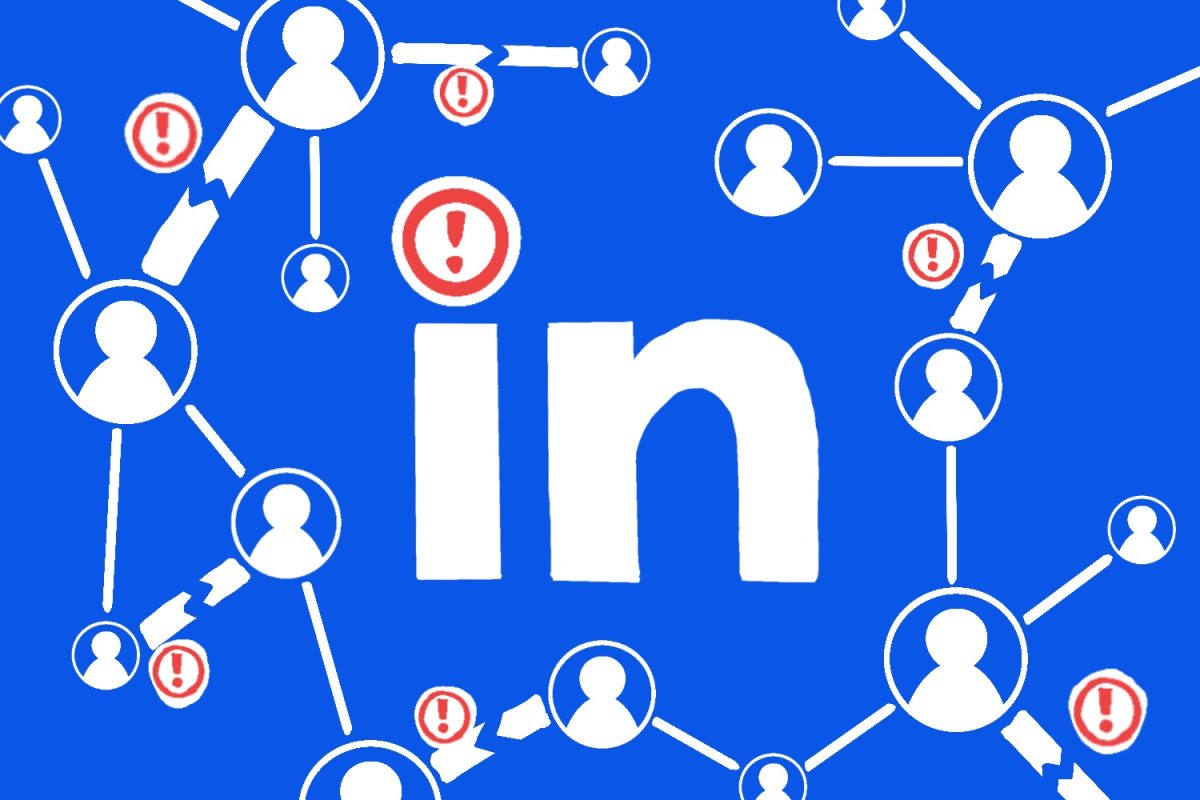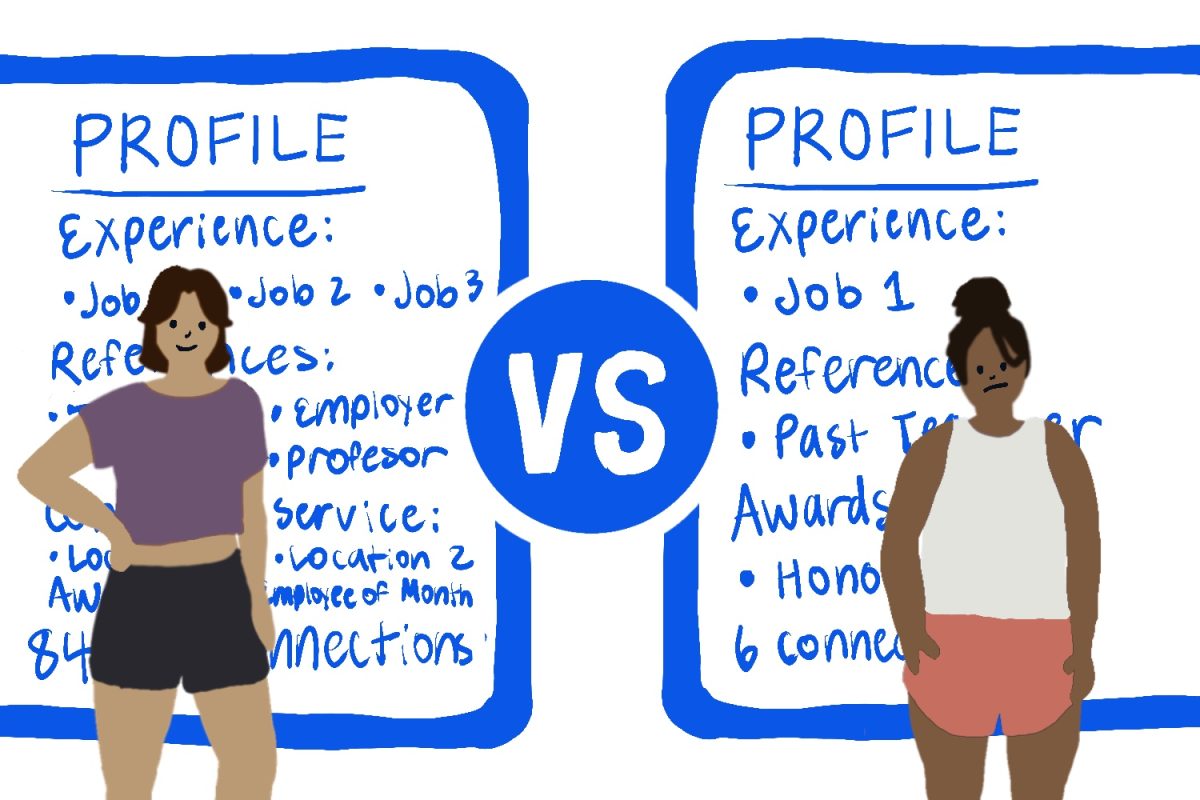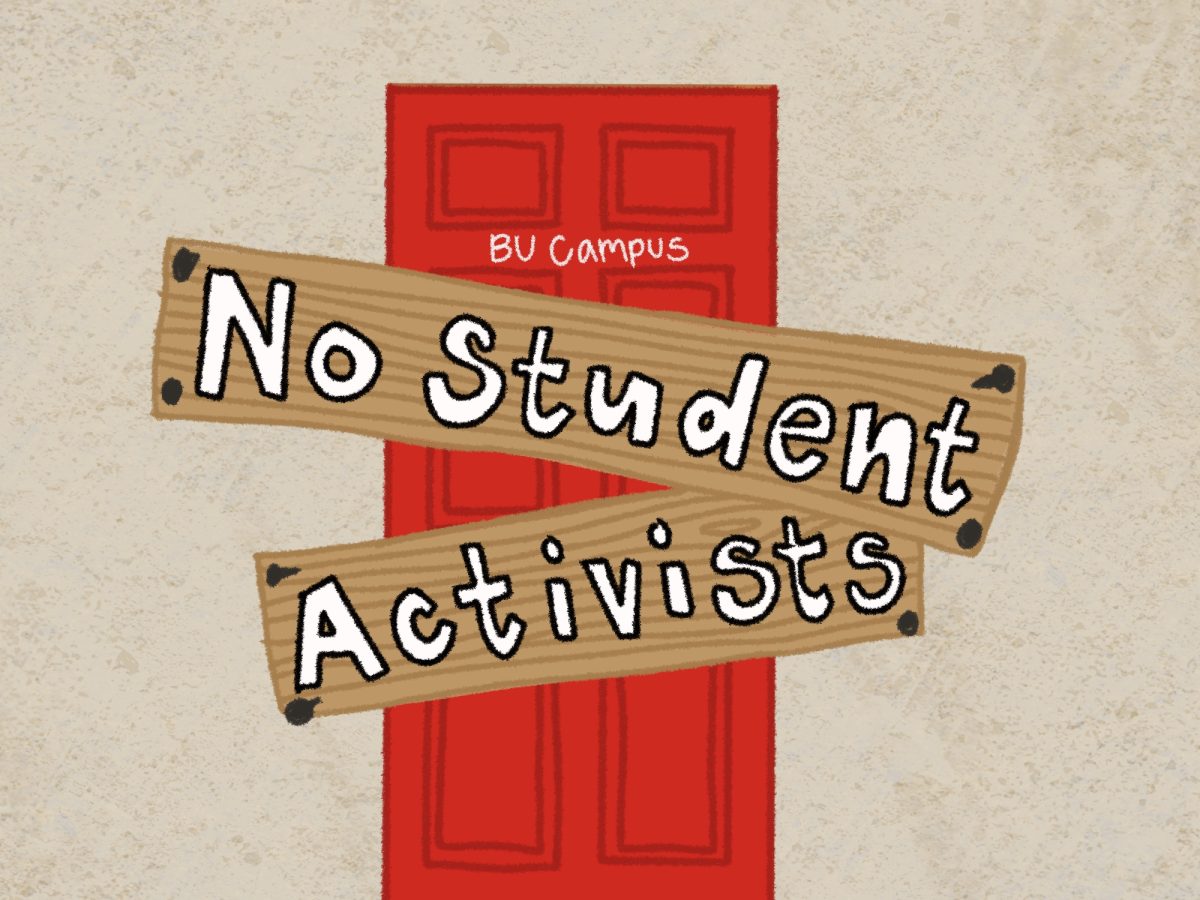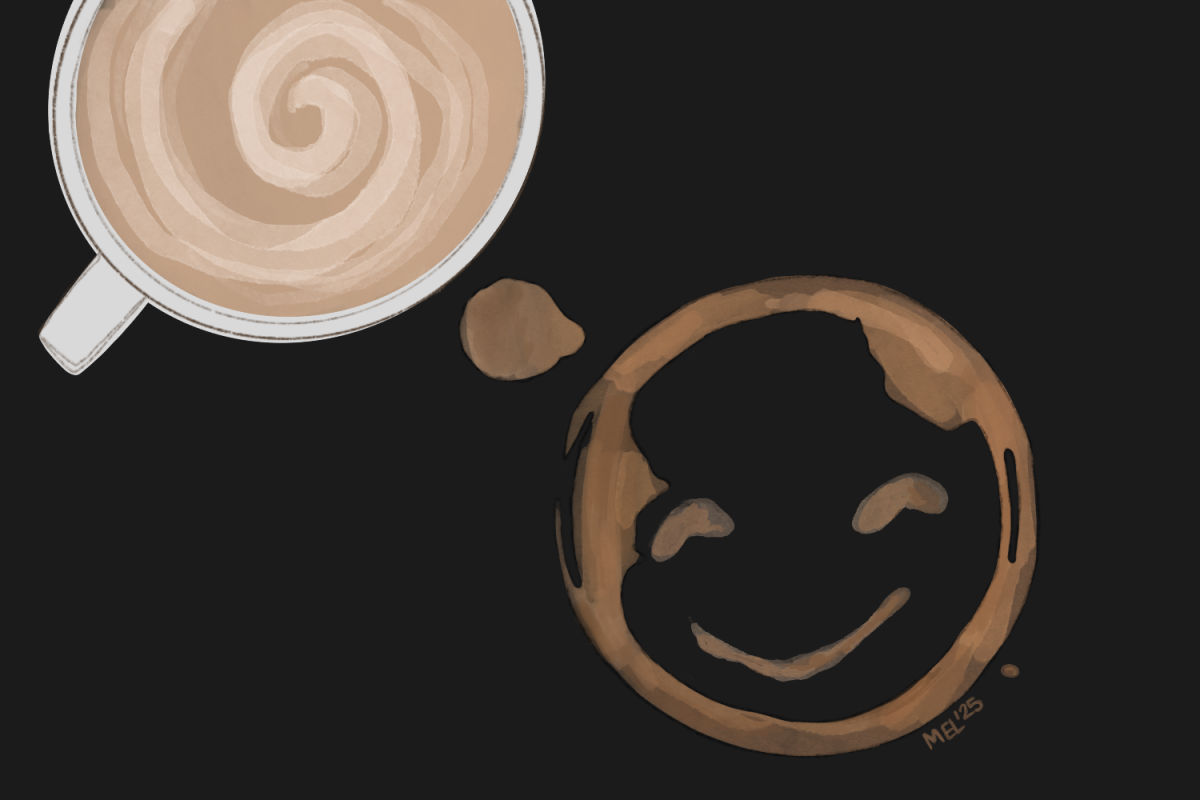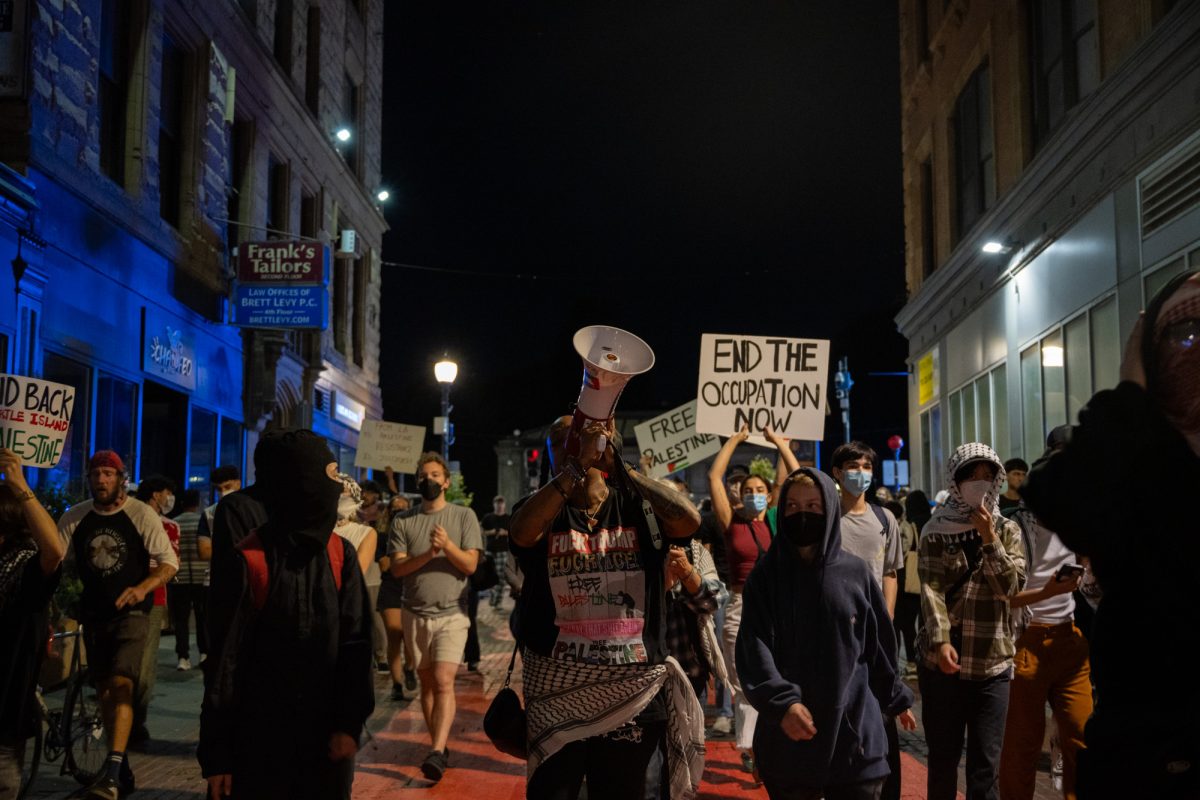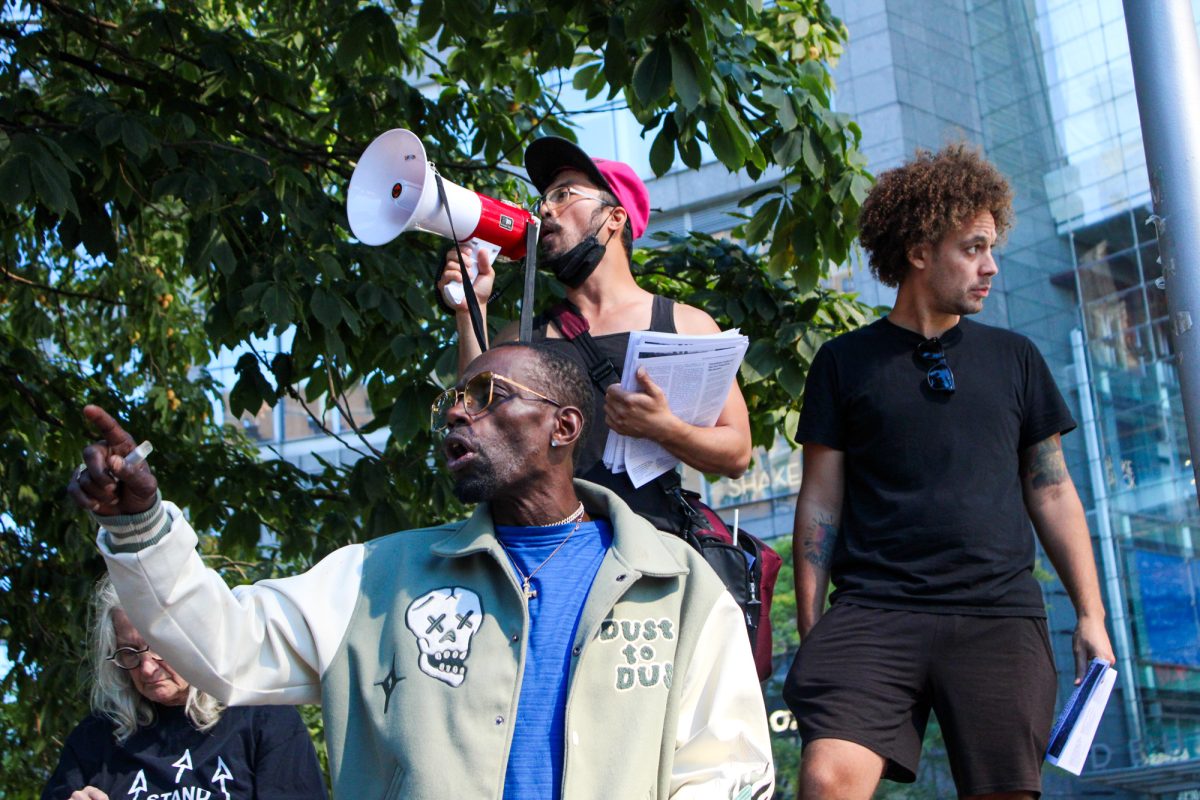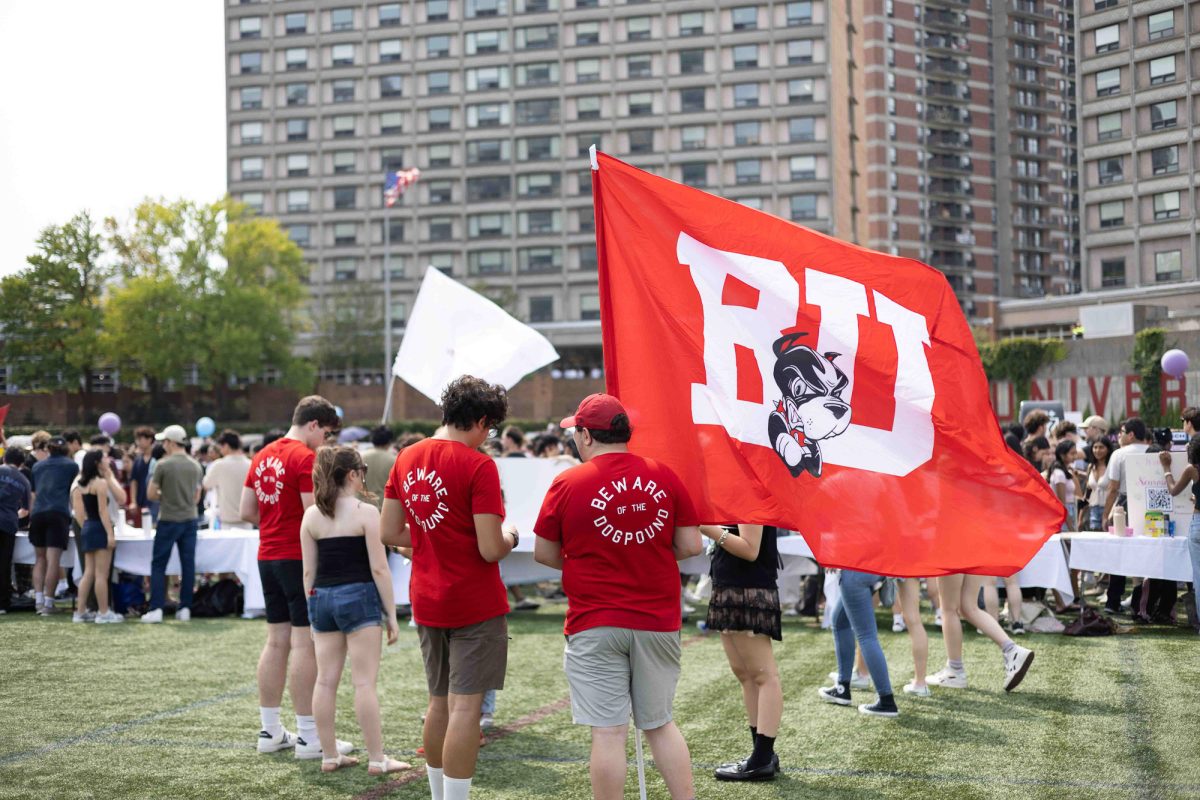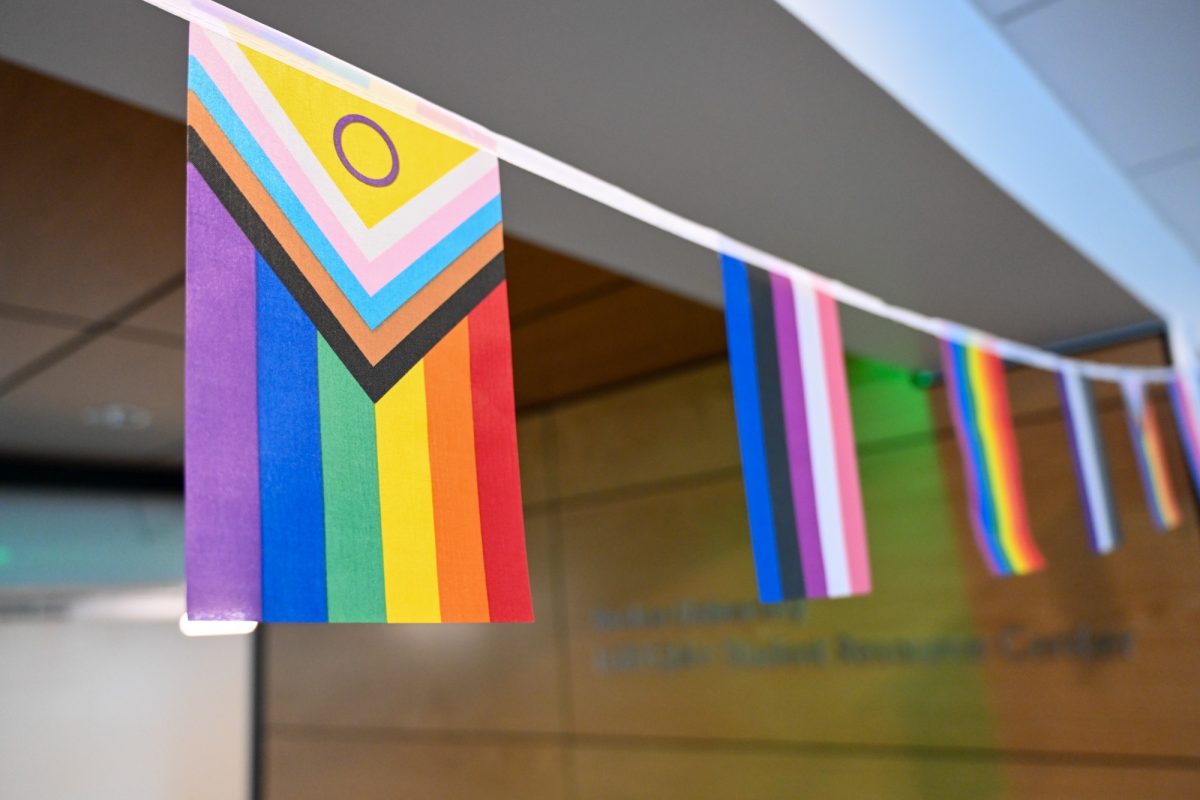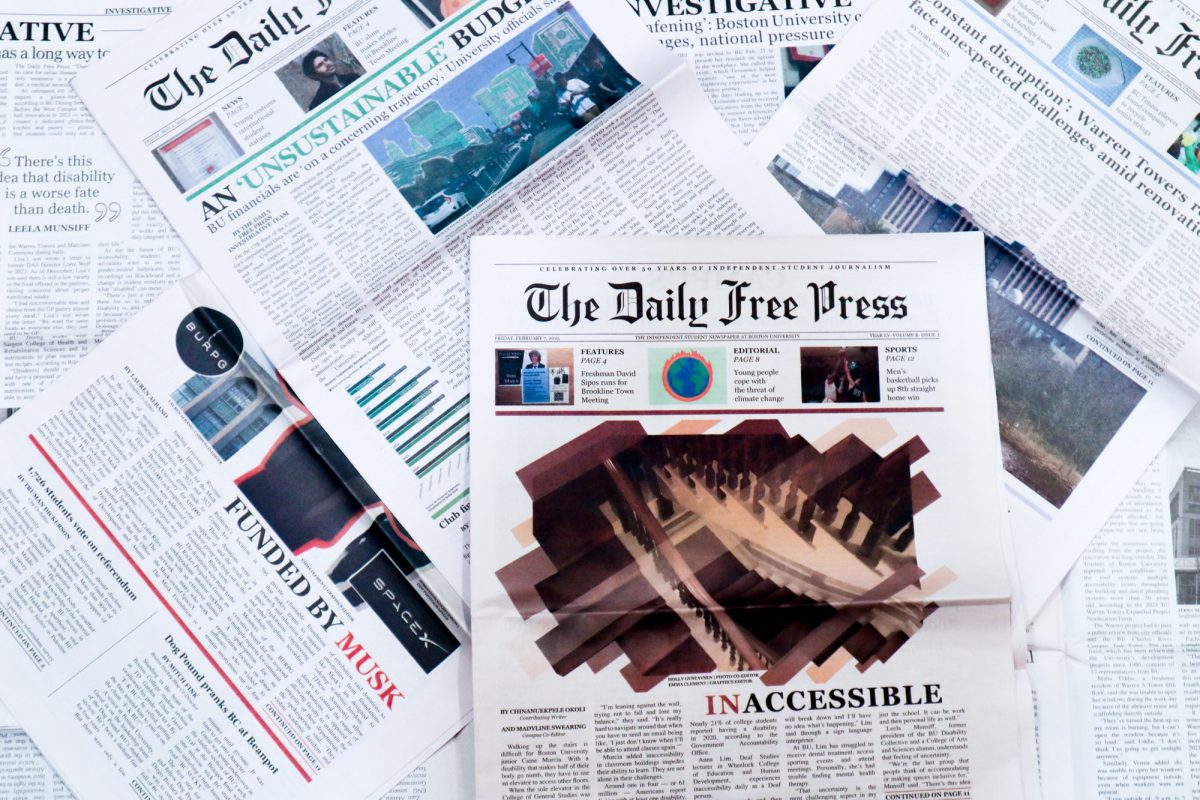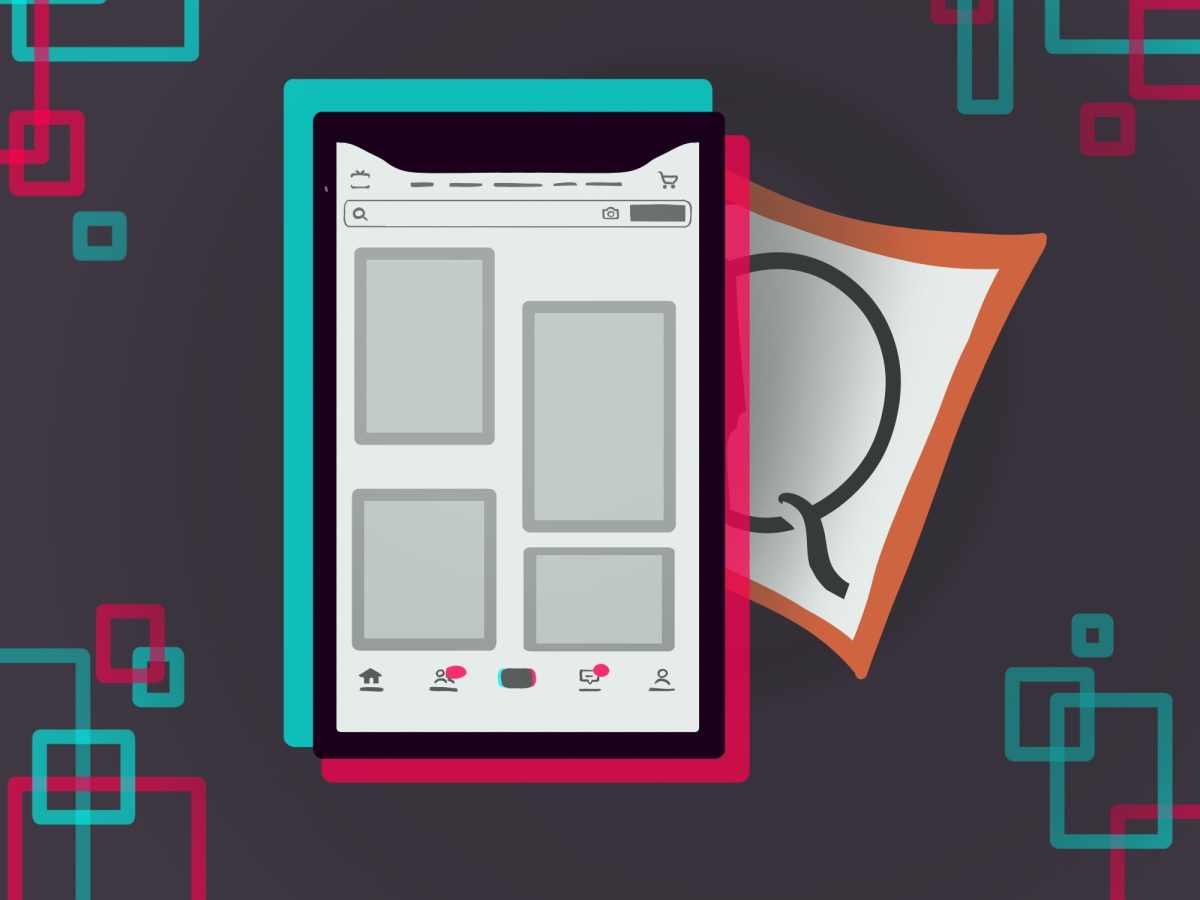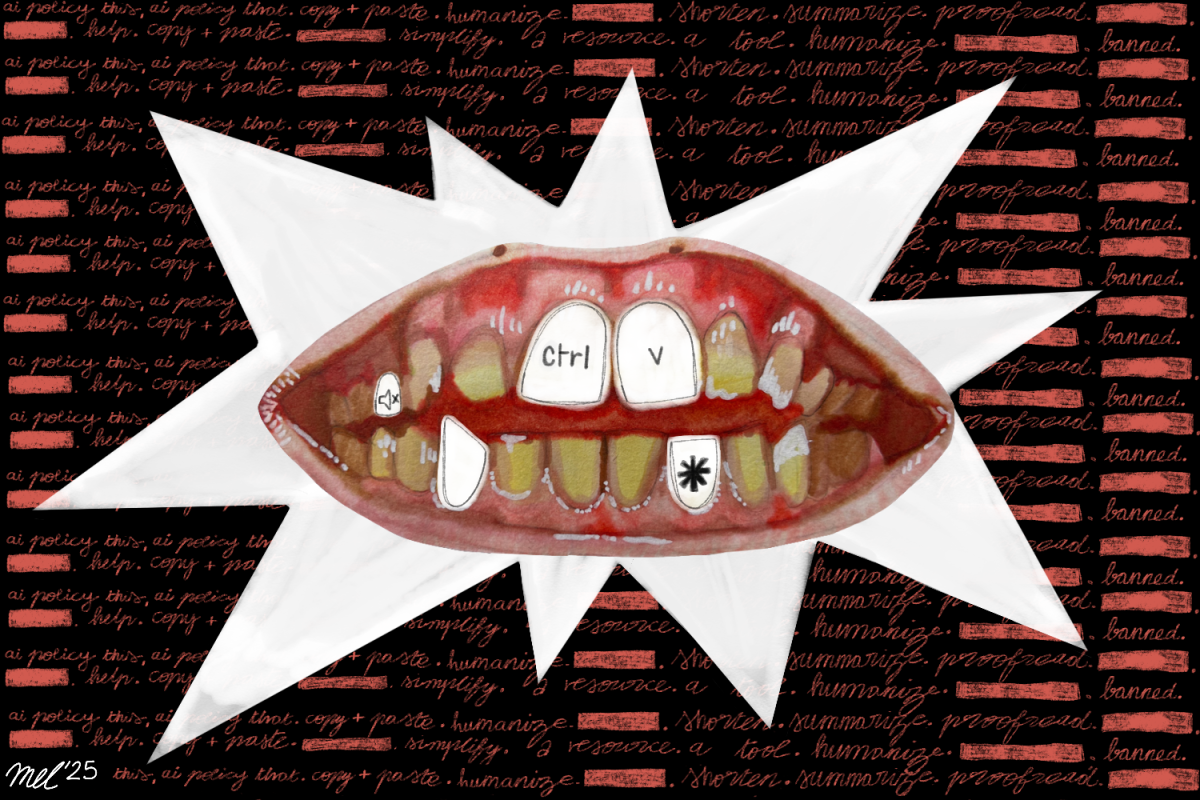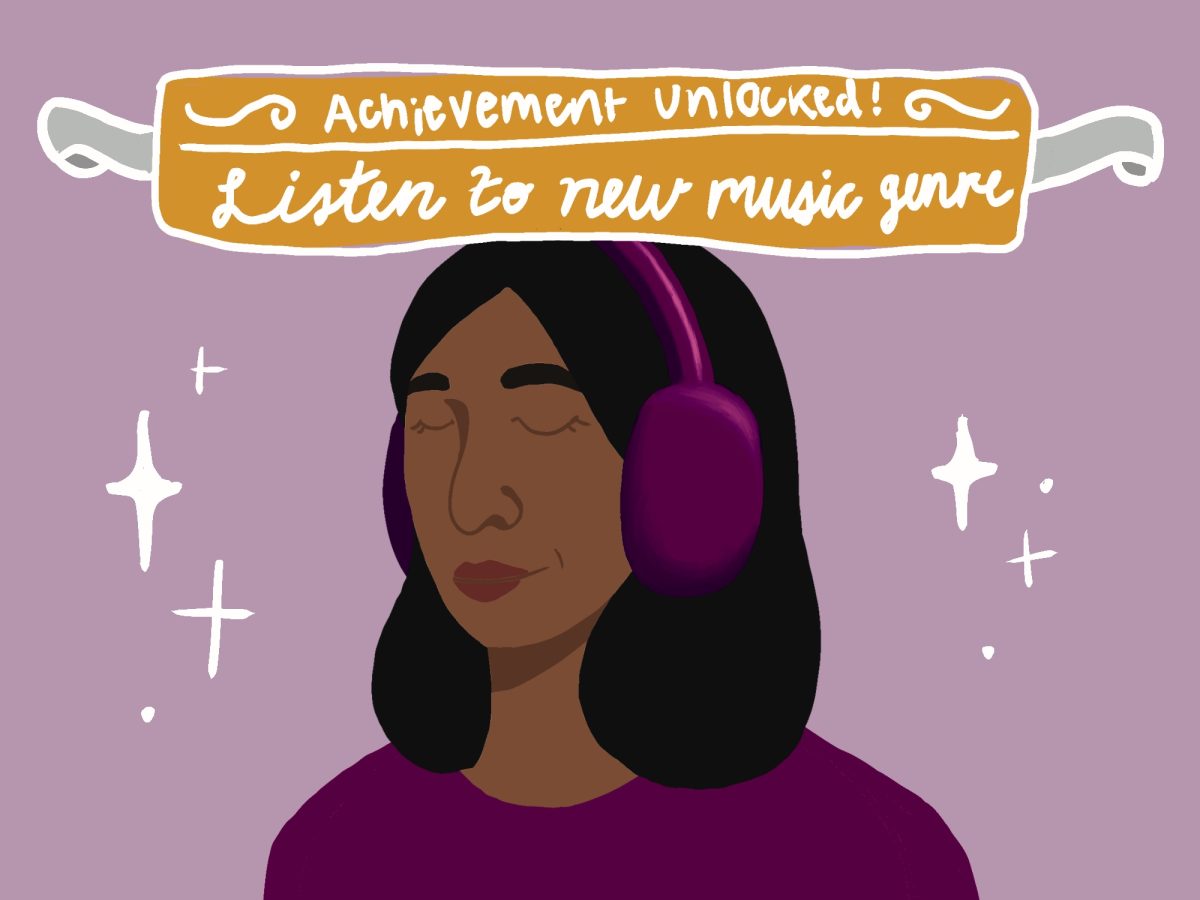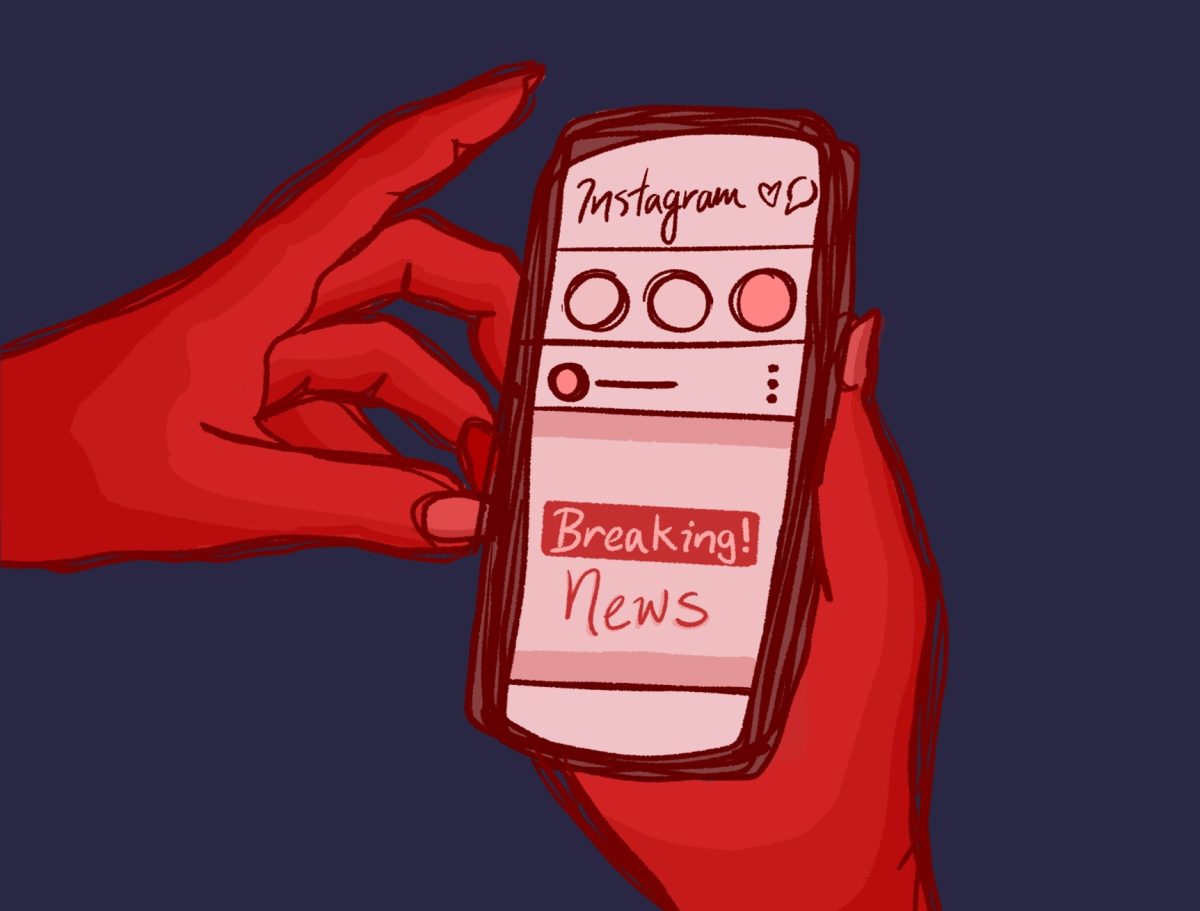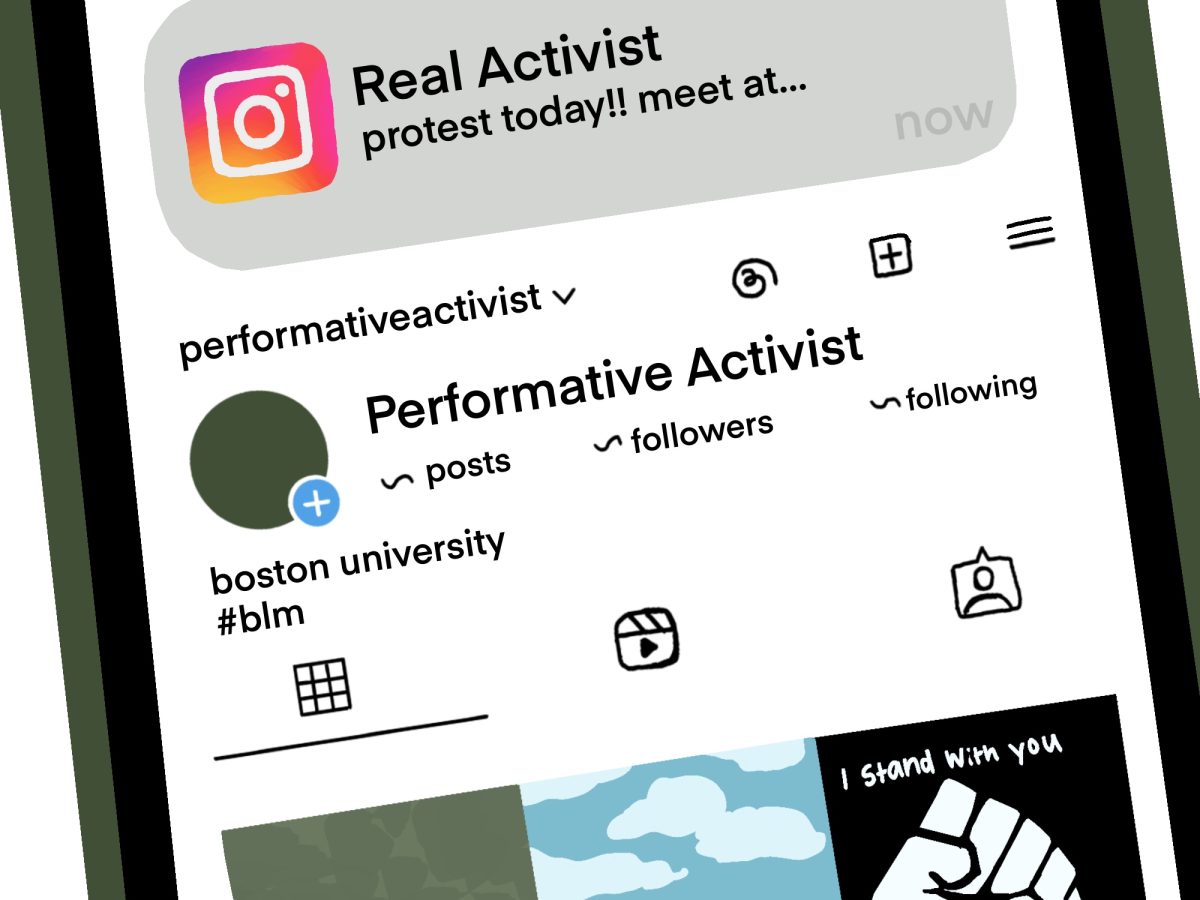“Hillary Clinton and Democratic Party elites are harboring a child sex trafficking ring under Comet Ping Pong, a Washington, D.C. pizza shop.”
Or so said the internet.

Emerging during the already contentious 2016 presidential election, “pizzagate” is a conspiracy theory that has haunted the internet ever since.
Beginning within the depths of 4chan, an anonymous image board — as every great story often does — the “pizzagate” theory caught tailwinds and made international headlines in the midst of the election news.
While most people found the story to be quite ridiculous, or even amusing, many alt-right internet users rallied wholeheartedly behind the story. Protesters surrounded Comet Ping Pong amidst the breaking news.
The conspiracy theory reached peak destruction when a “pizzagate” believer traveled across state lines to Washington, D.C. and fired a weapon in the restaurant, supposedly believing he was saving the children of the Democratic-run sex trafficking scandal.
While ”pizzagate” is an extreme example, it is a constant reminder of how prevalent and dangerous fake news and misinformation can become.
The majority of people knew there were no real facts to back the claim that Hillary Clinton was harboring sex slaves. But the spread of misinformation can have real consequences.
A flurry of misinformation took the media by storm over the COVID-19 pandemic.
Common misconceptions and non-factually based information circulated through social media, leading to mistrust of vaccine ingredients and side effects.
While scientists and institutions attempted to debunk all of these myths, the misinformation prevailed. According to Johns Hopkins Bloomberg School of Health, vaccine misinformation costs the U.S. economy between $50 and $300 million every day.
But fake news has existed long before the rise of social media, so how do we know that social media has perpetuated the rise of misinformation?
Recent research from Yale University and University of Southern California suggests that social media actually rewards the spread of fake news.
The study found that the most active users of Facebook were the ones who shared the largest proportion of false news headlines. These users were not sharing information that they believed in or that aligned with their ideologies, but were simply sharing what they believed would gain the most traction.
Platforms reward users that engage with them most frequently, so the users that spread information regardless of its accuracy are boosted by the social media algorithms.
Almost half of adolescent social media users see misinformation every single day. With up to 95% of youth ages 13-17 reporting social media usage, they are most vulnerable to misinformation spread through the algorithms.
At least half of current teenagers report that they get the majority of their news from social media. Knowing what we do about the spread of misinformation through these platforms, this is a major issue for younger generations.
I will admit that social media feels like the easiest way to consume news. We see news posts mixed in with Instagram stories, friends’ posts and influencers breaking up the feed. Simultaneously, you get your content fix for both enjoyment and information.
But we have to stop trusting social media with our news. Social media platforms are driven by profit, not by truth nor the betterment of society.
I have to remind myself of this truth at all times — everything I see on social media has the potential to be false. To stay diligent, informed citizens of society, we have to stay digitally literate.
Part of this requires having the tools and competence to know where to get trustworthy news and to second-guess everything that we learn from an unidentified source.
It is our individual responsibility to leave social media for our enjoyment and tune into alternate, more traditional sources for our news information.

